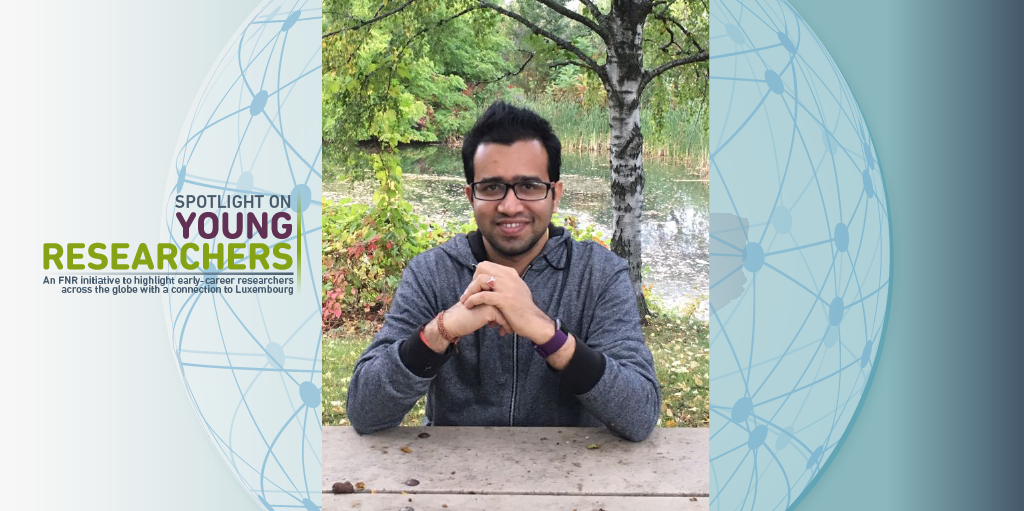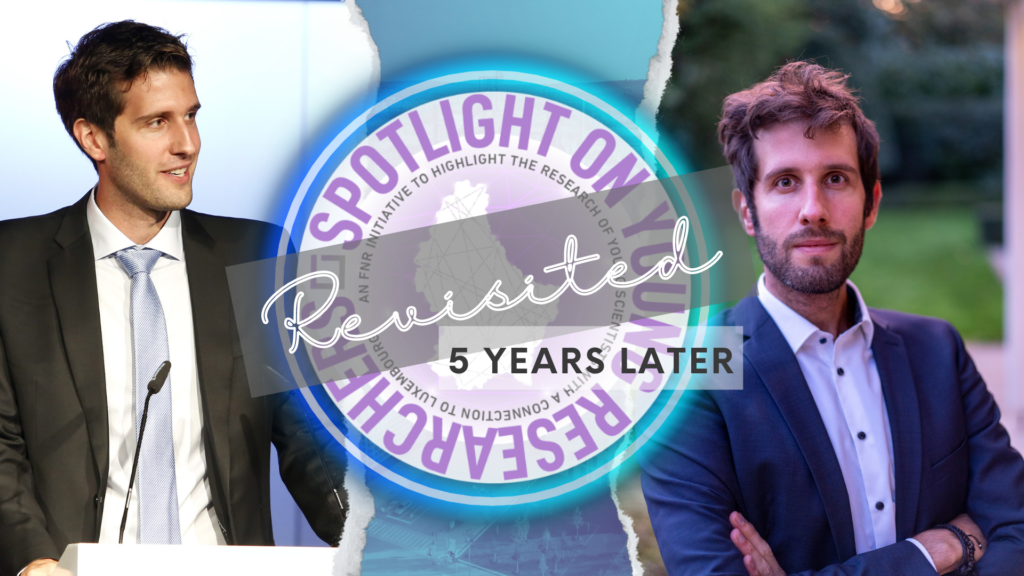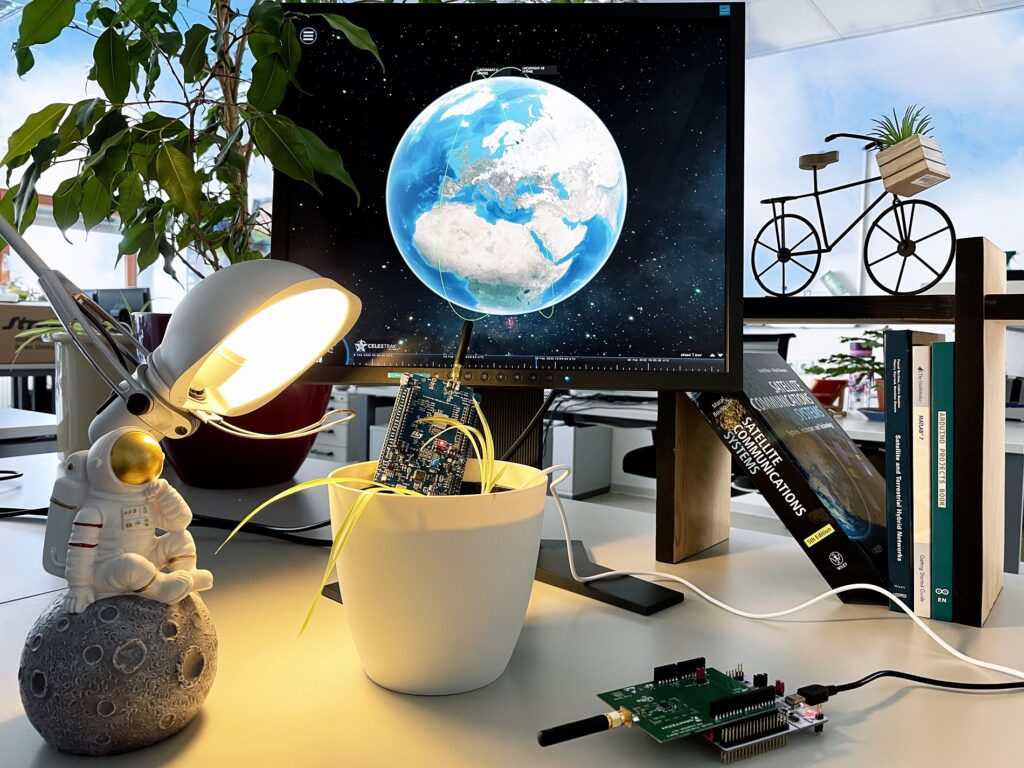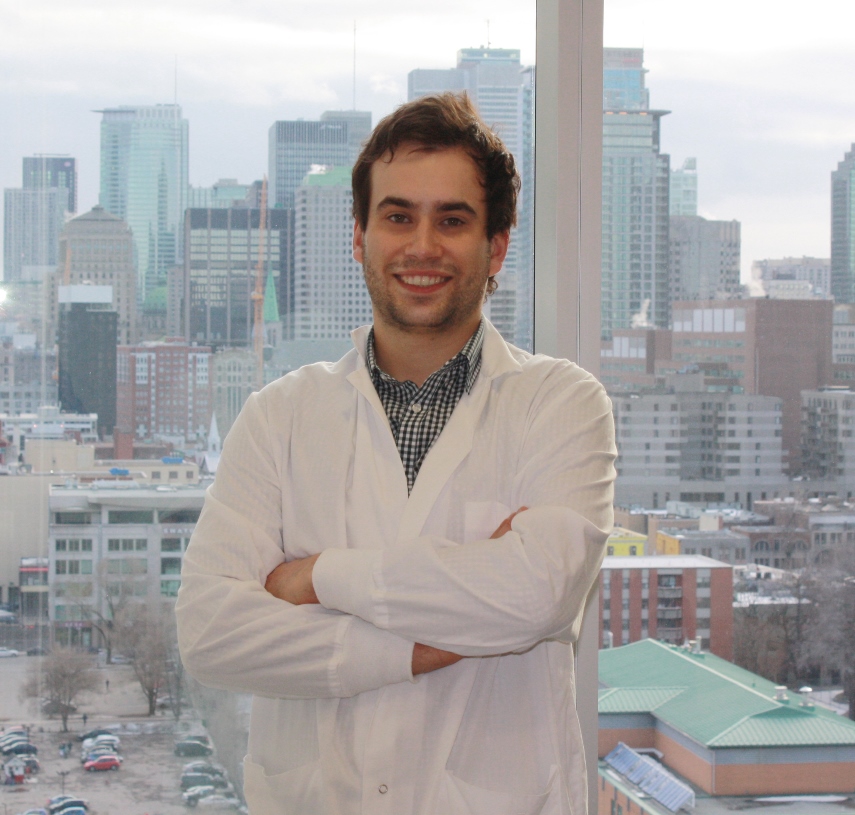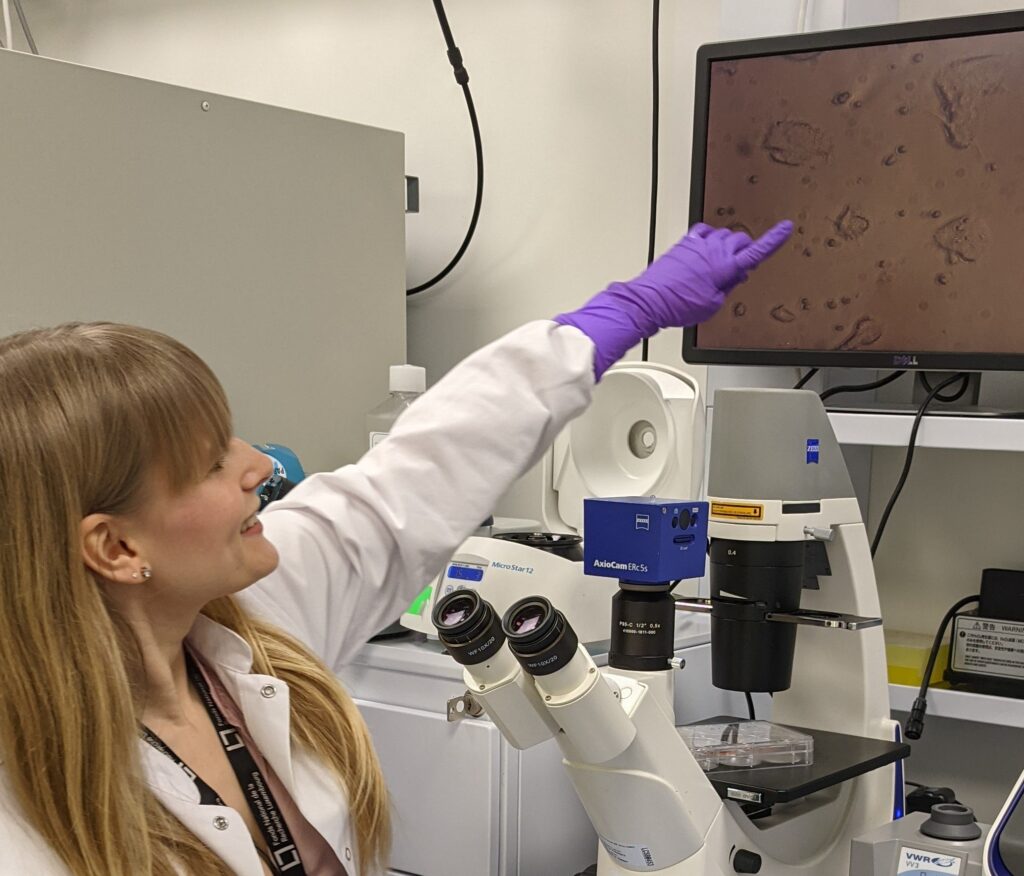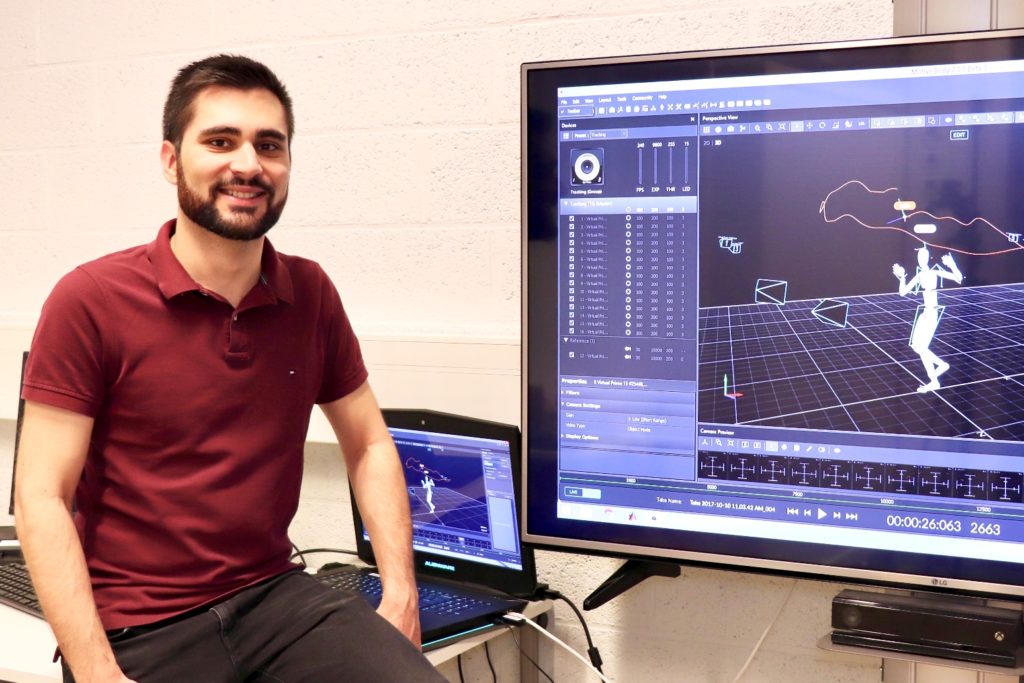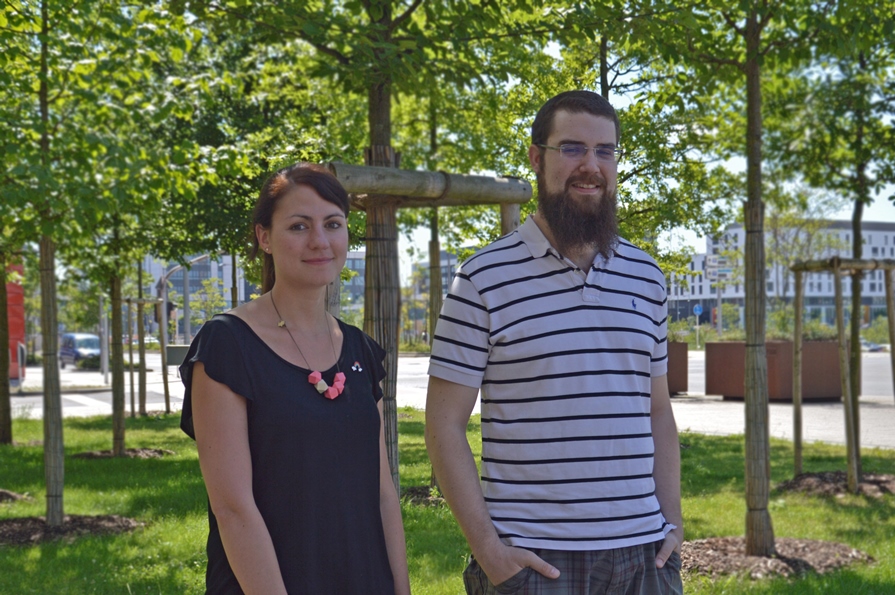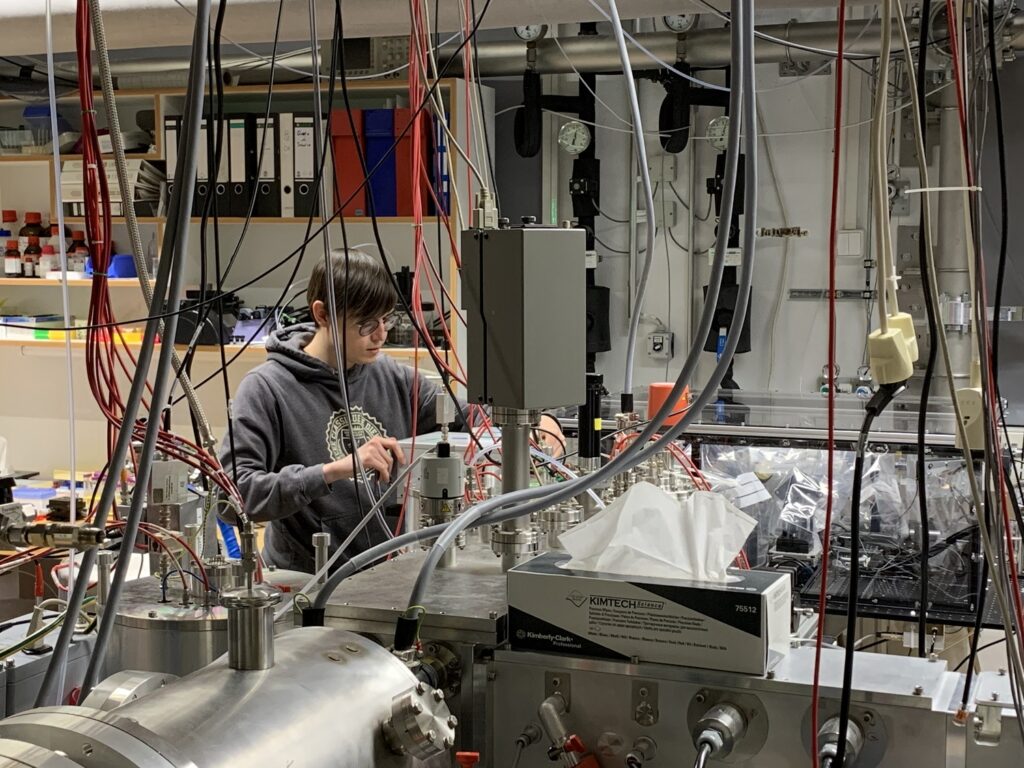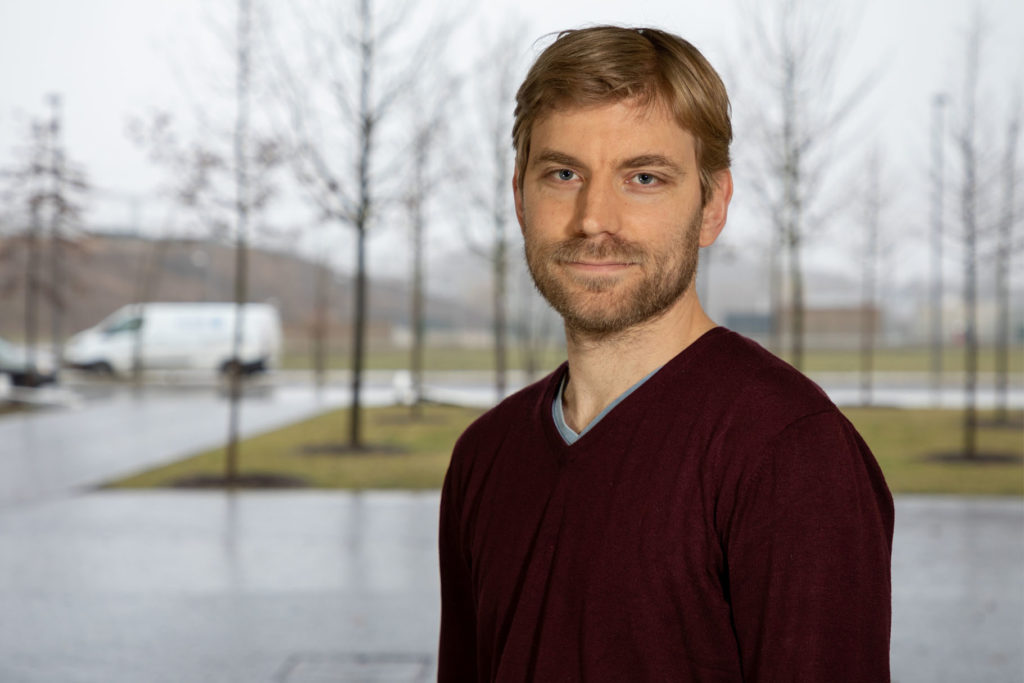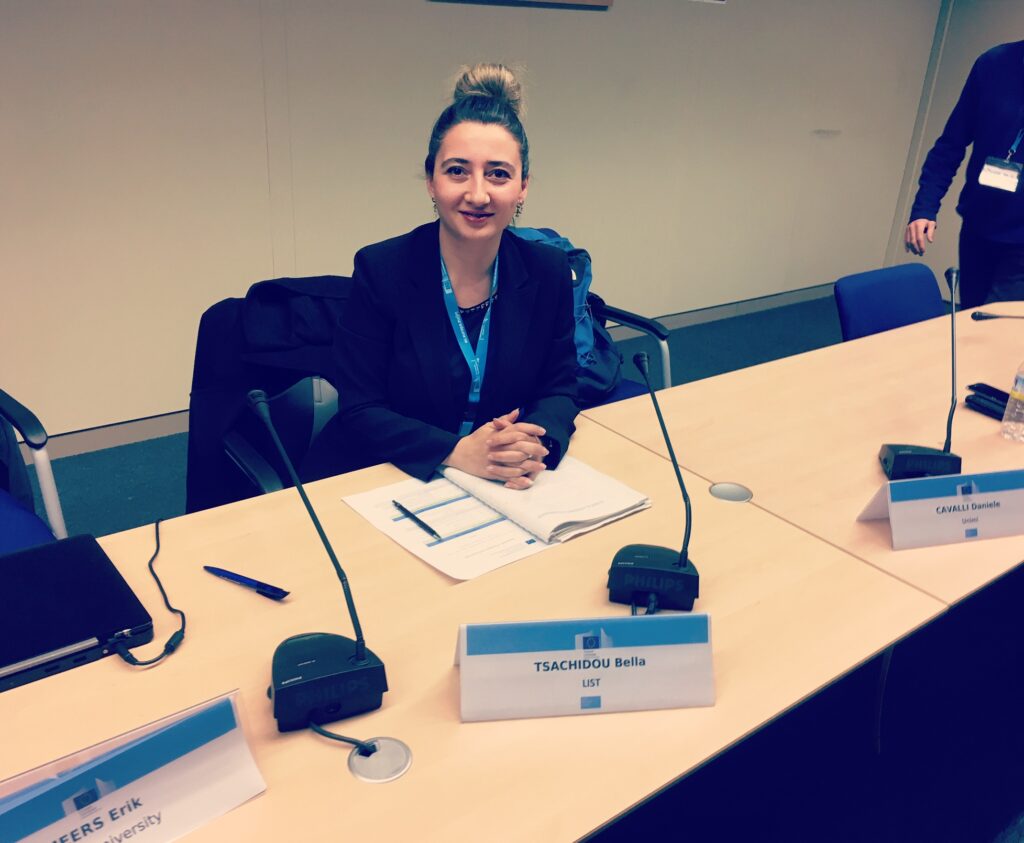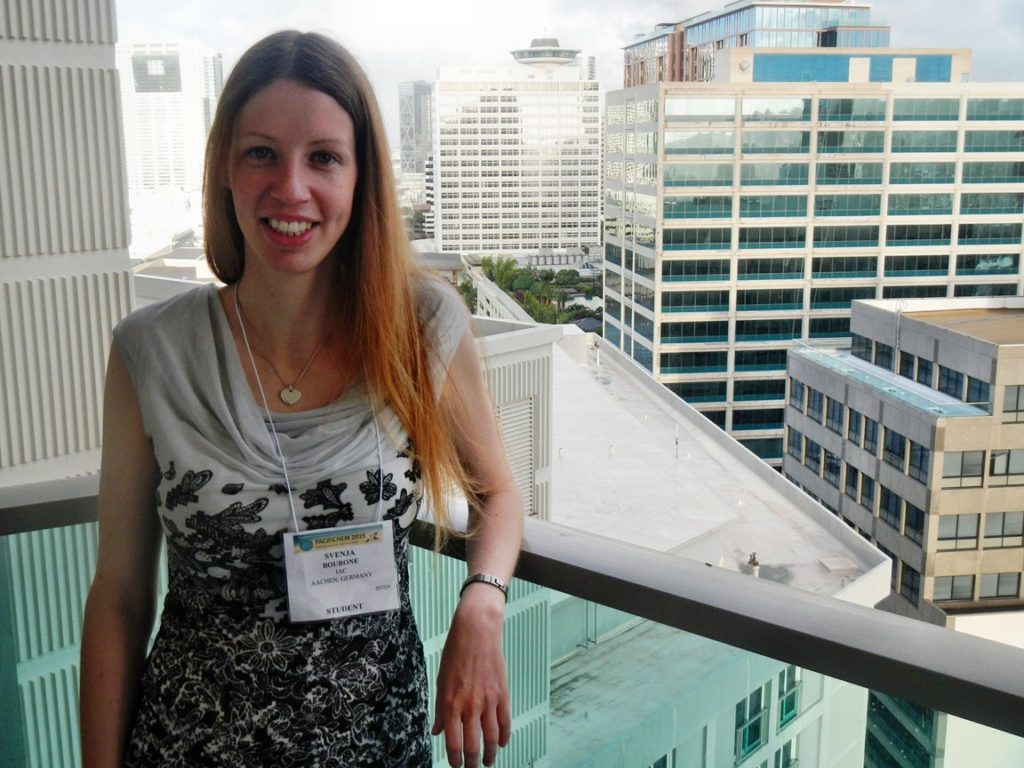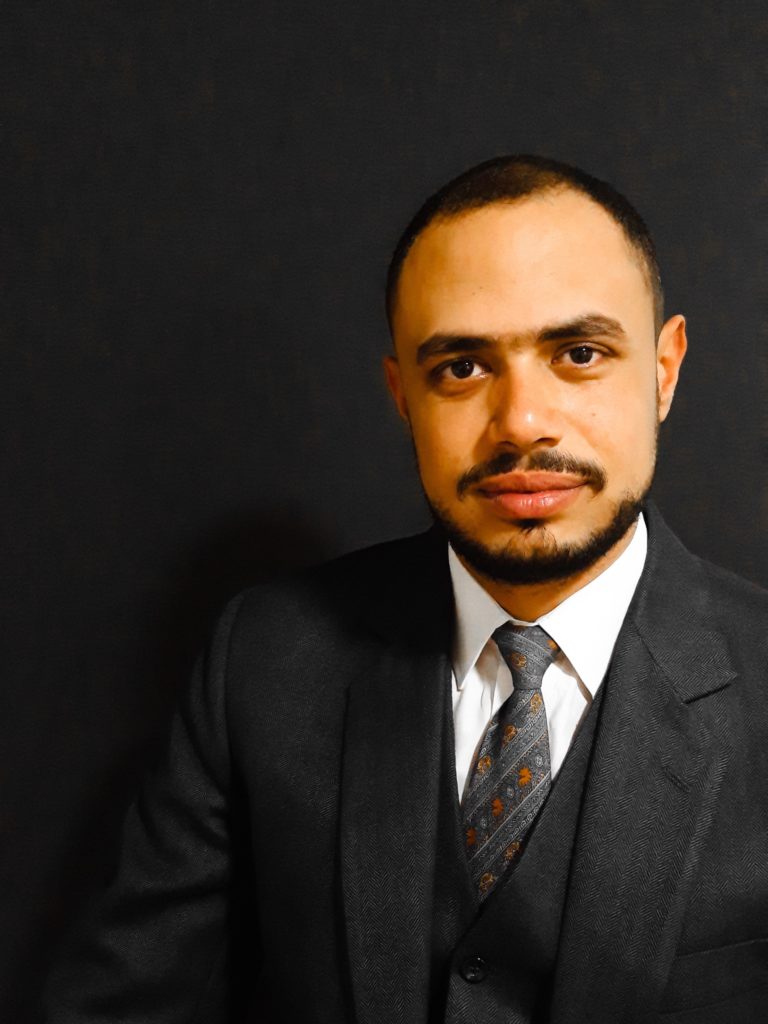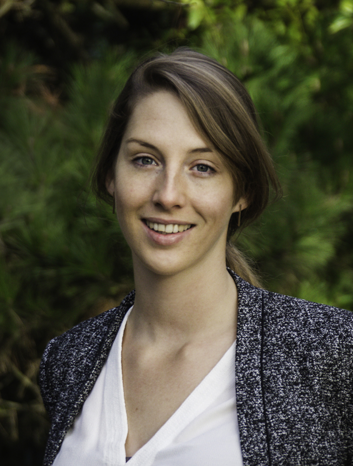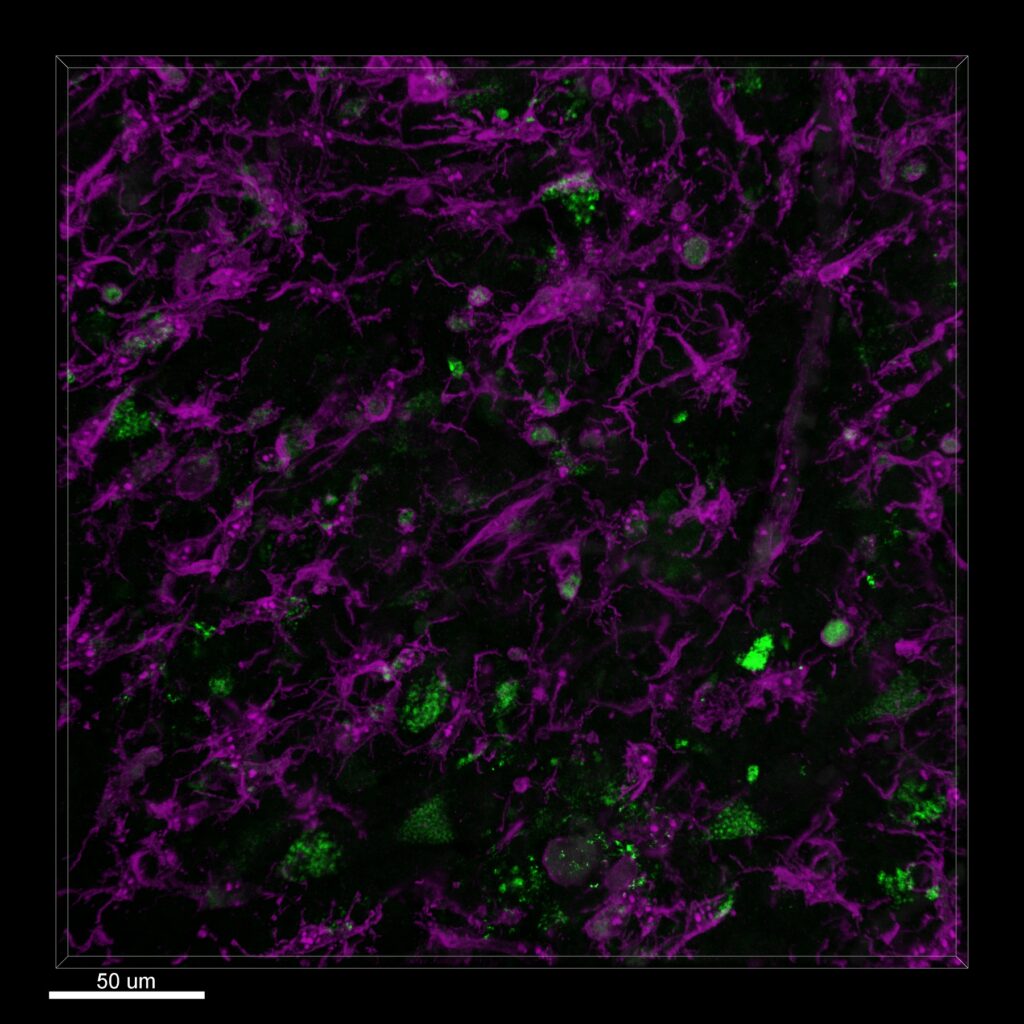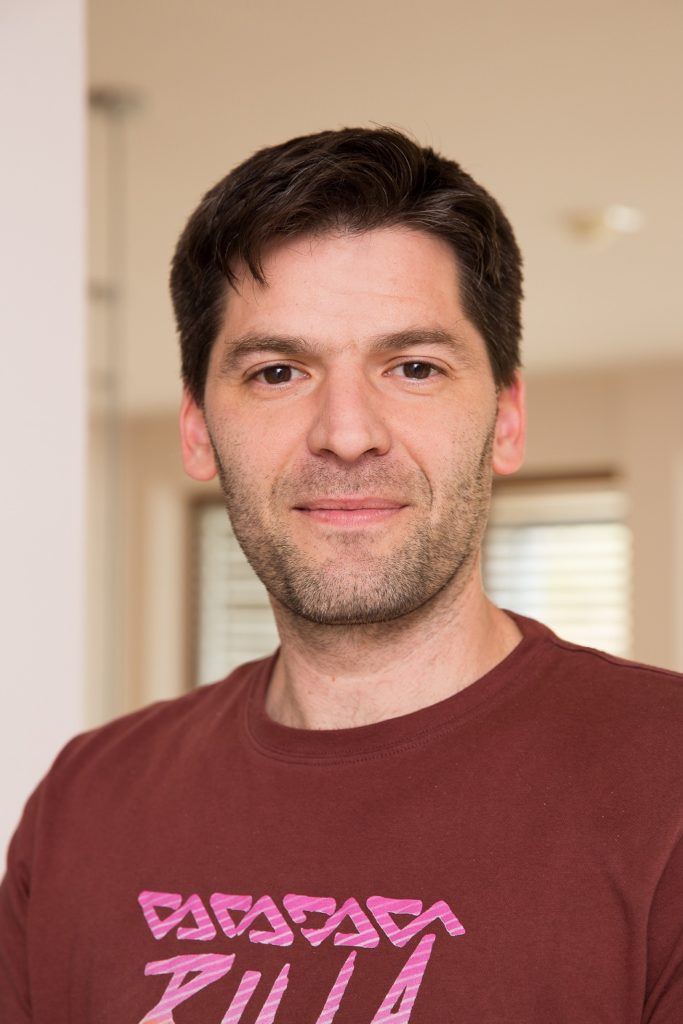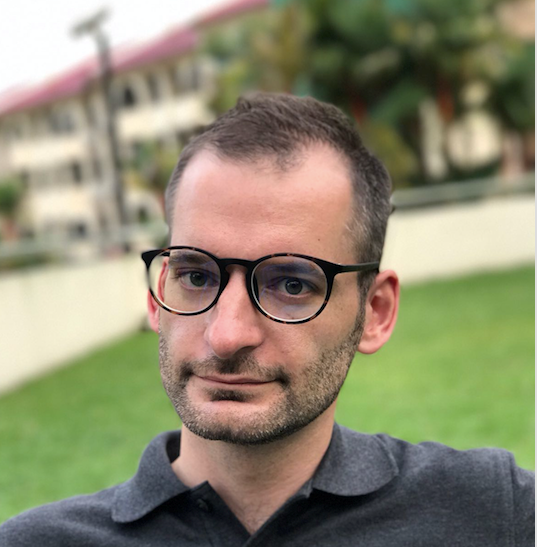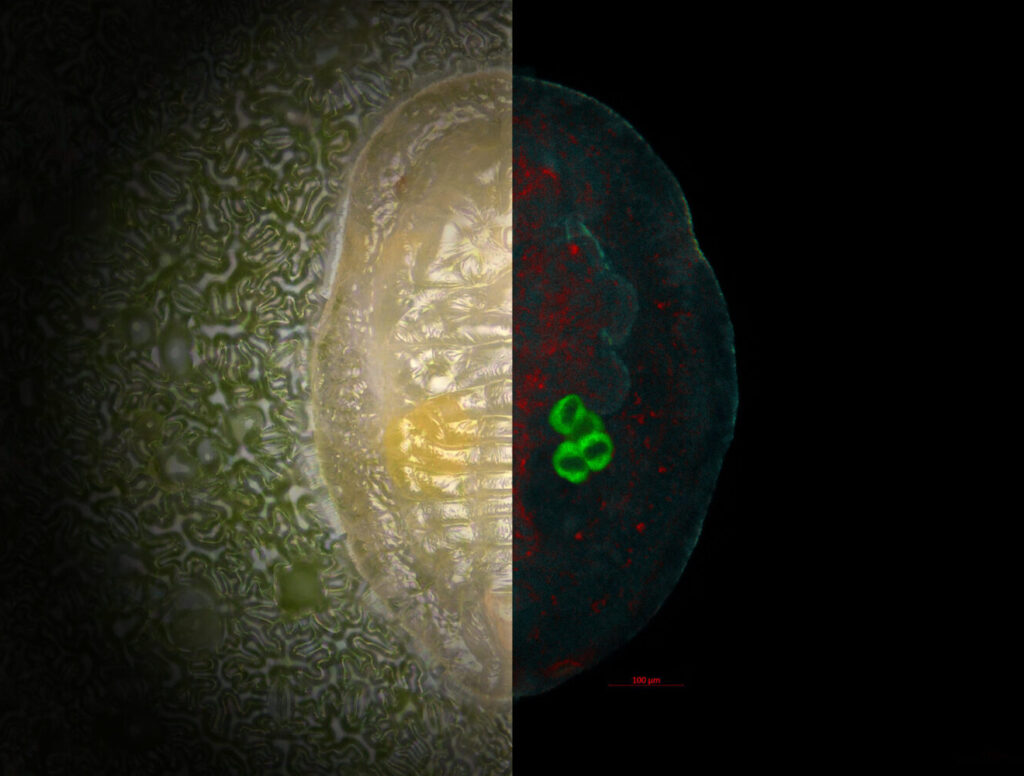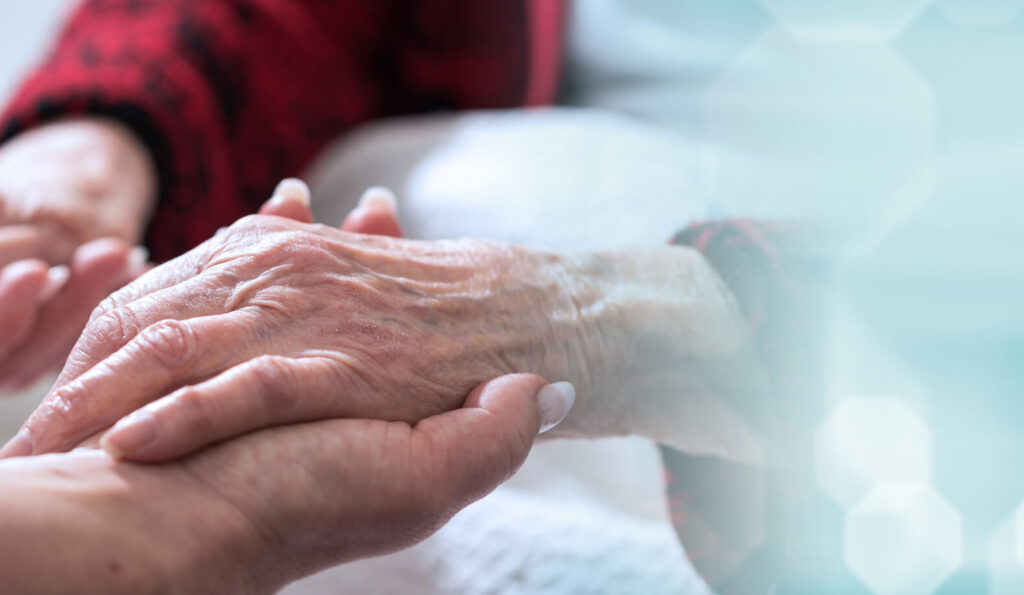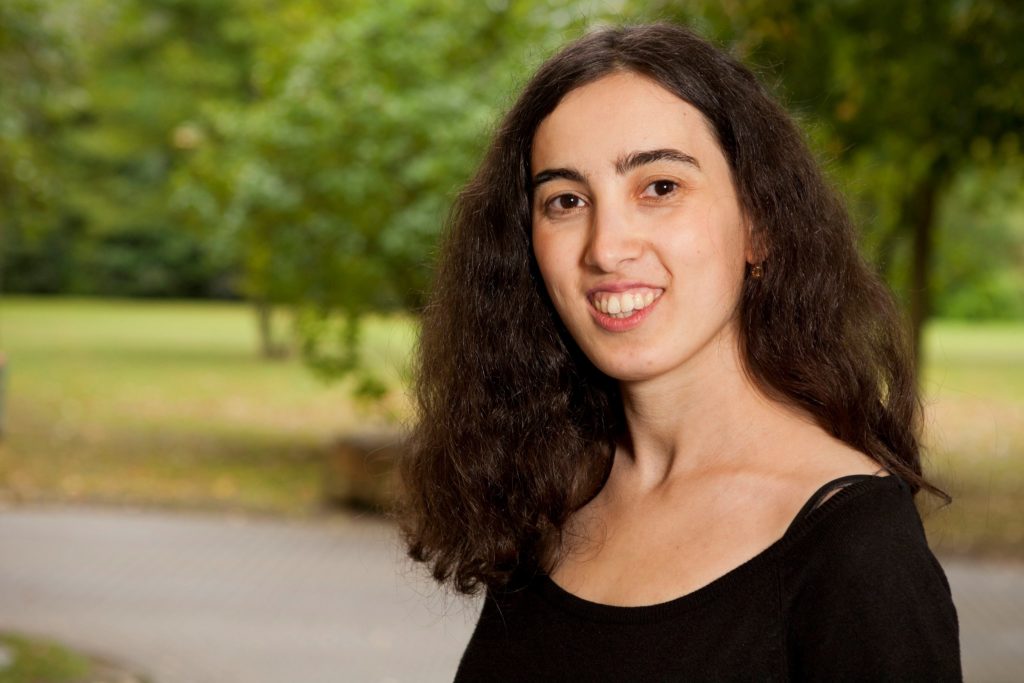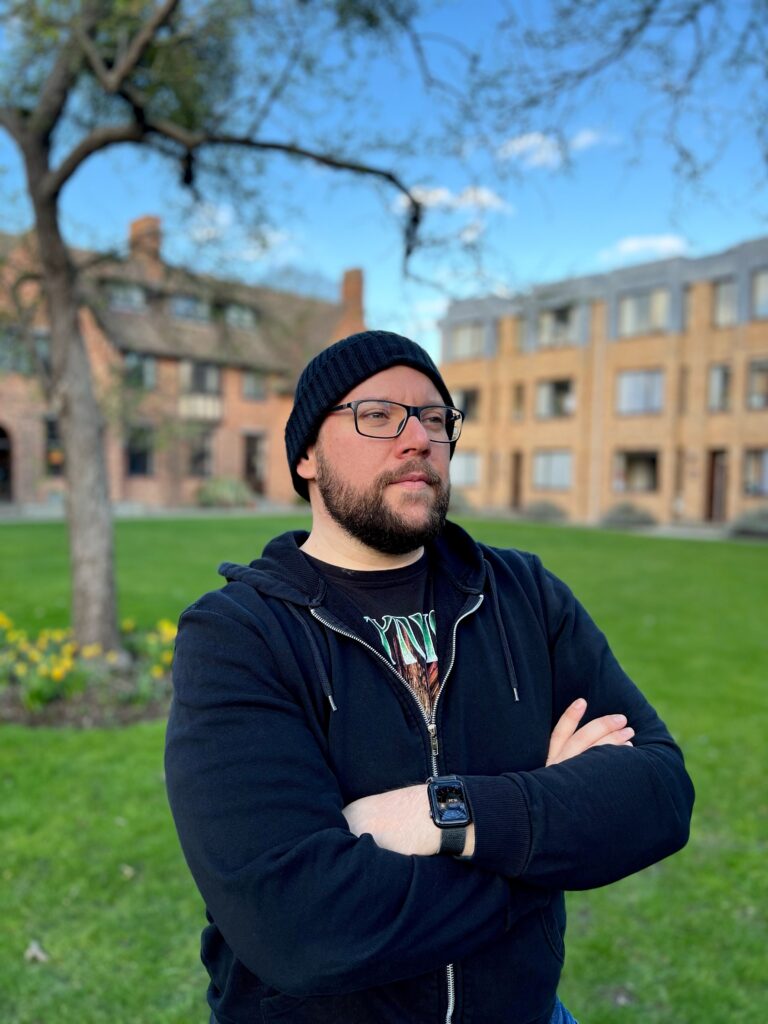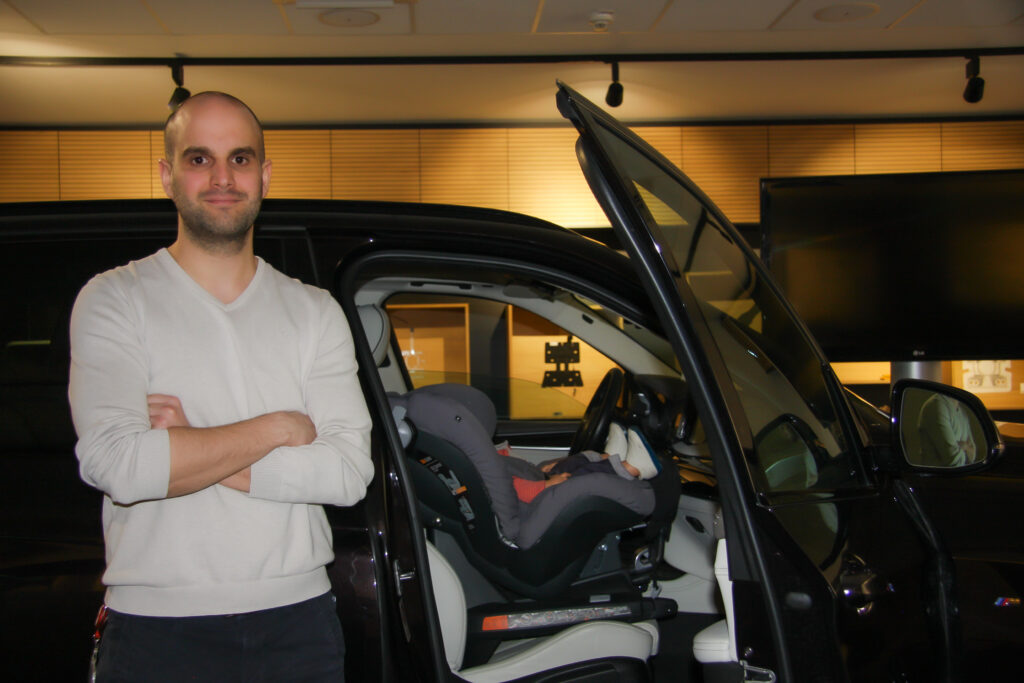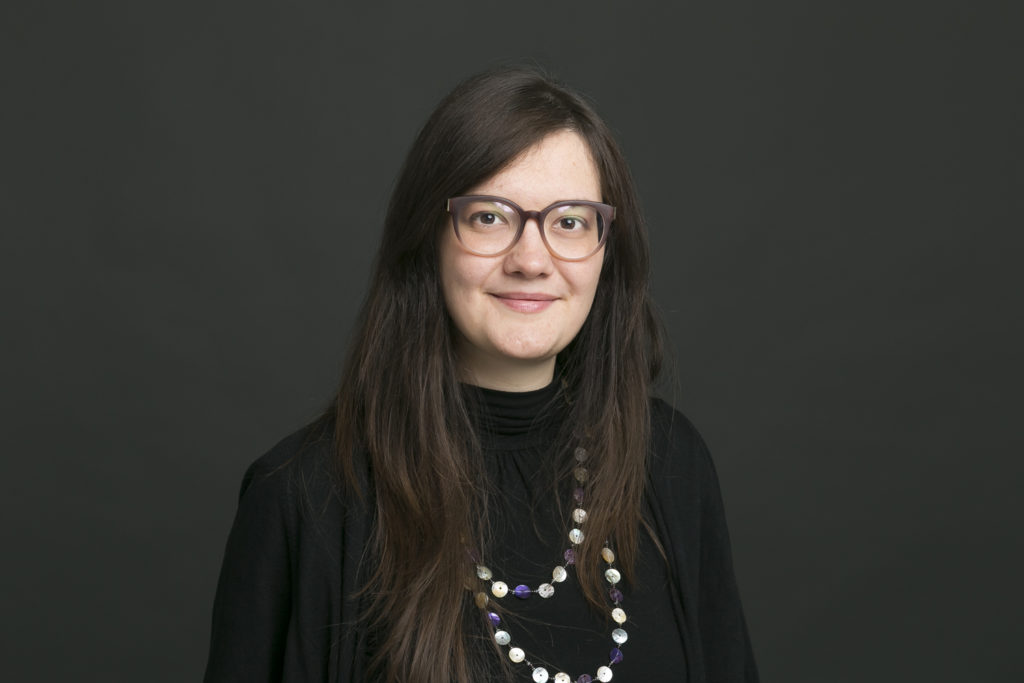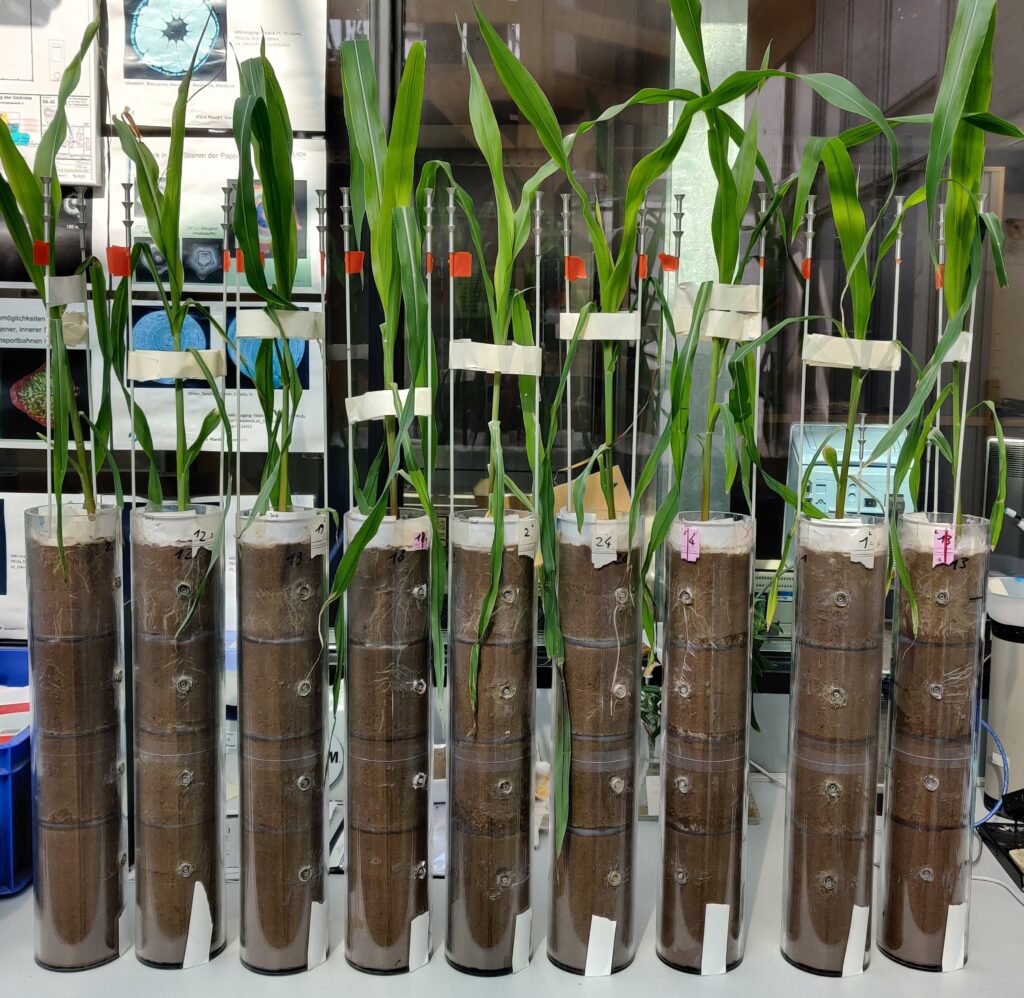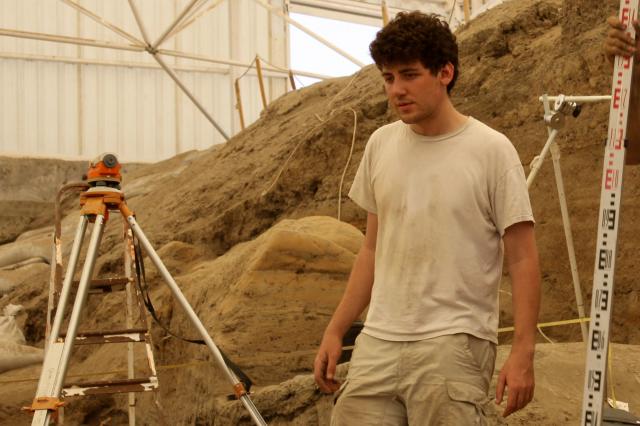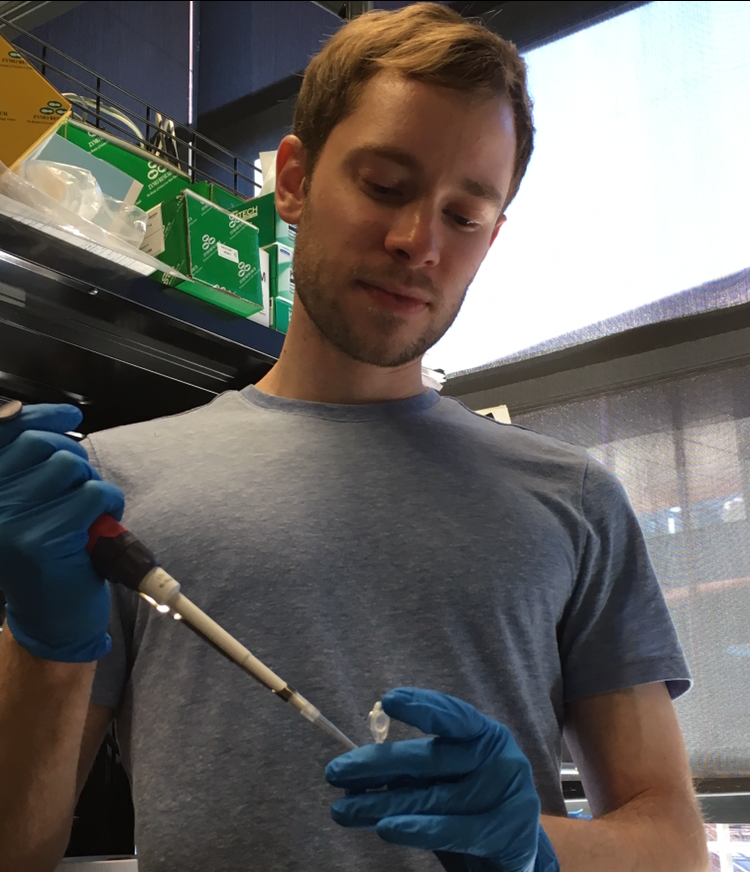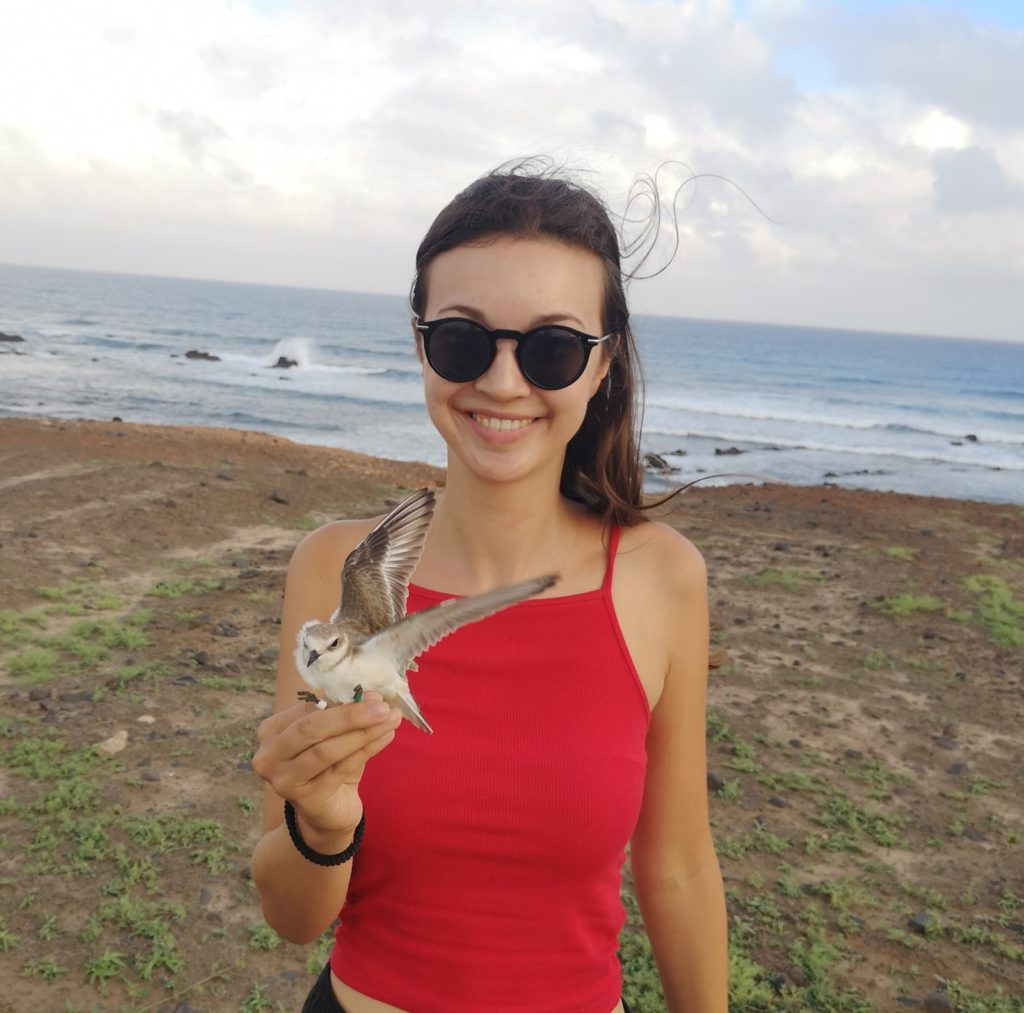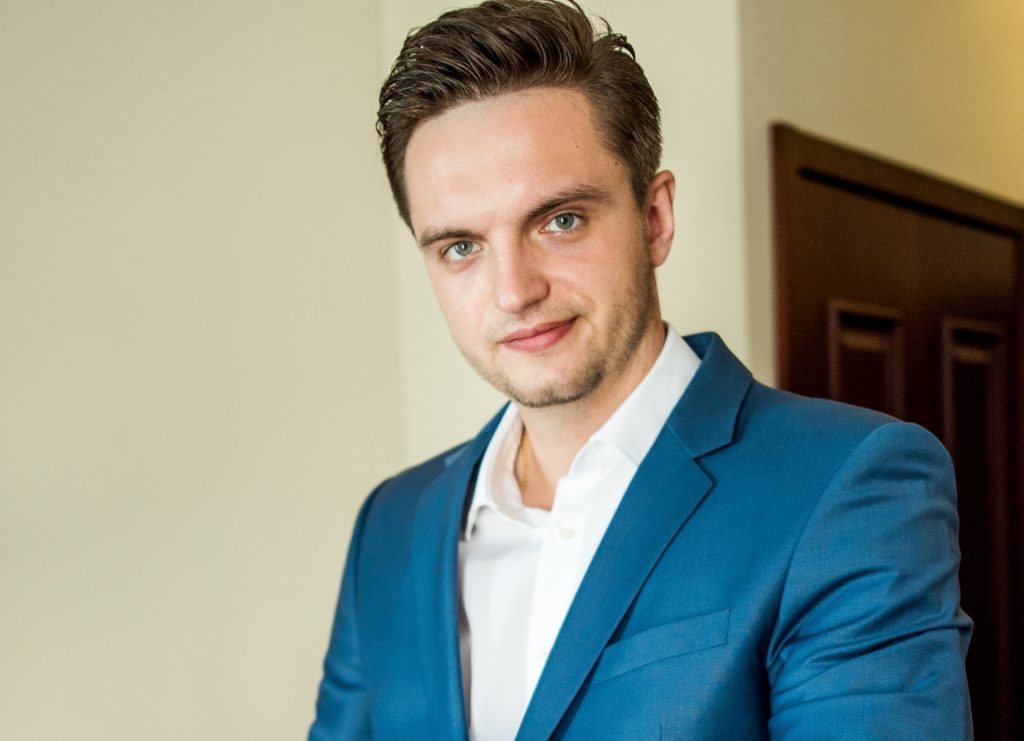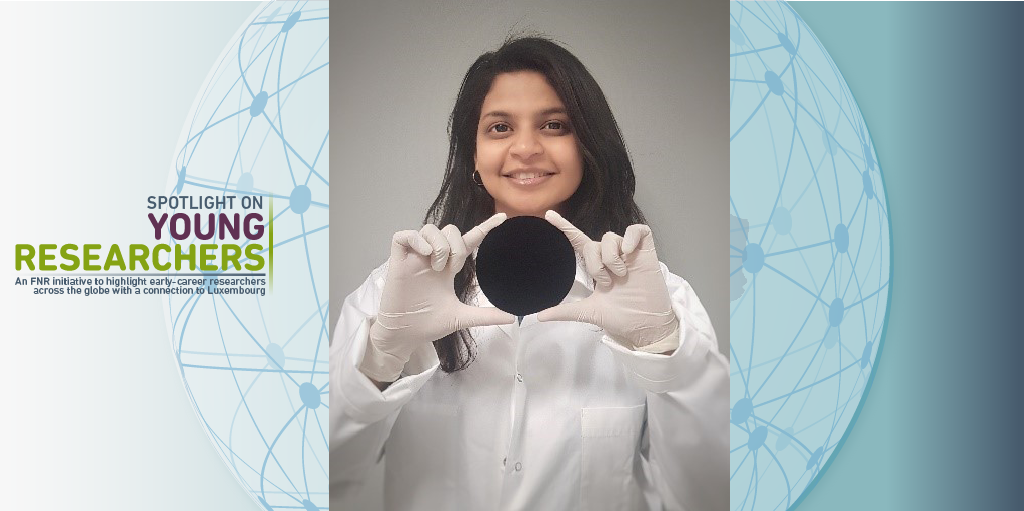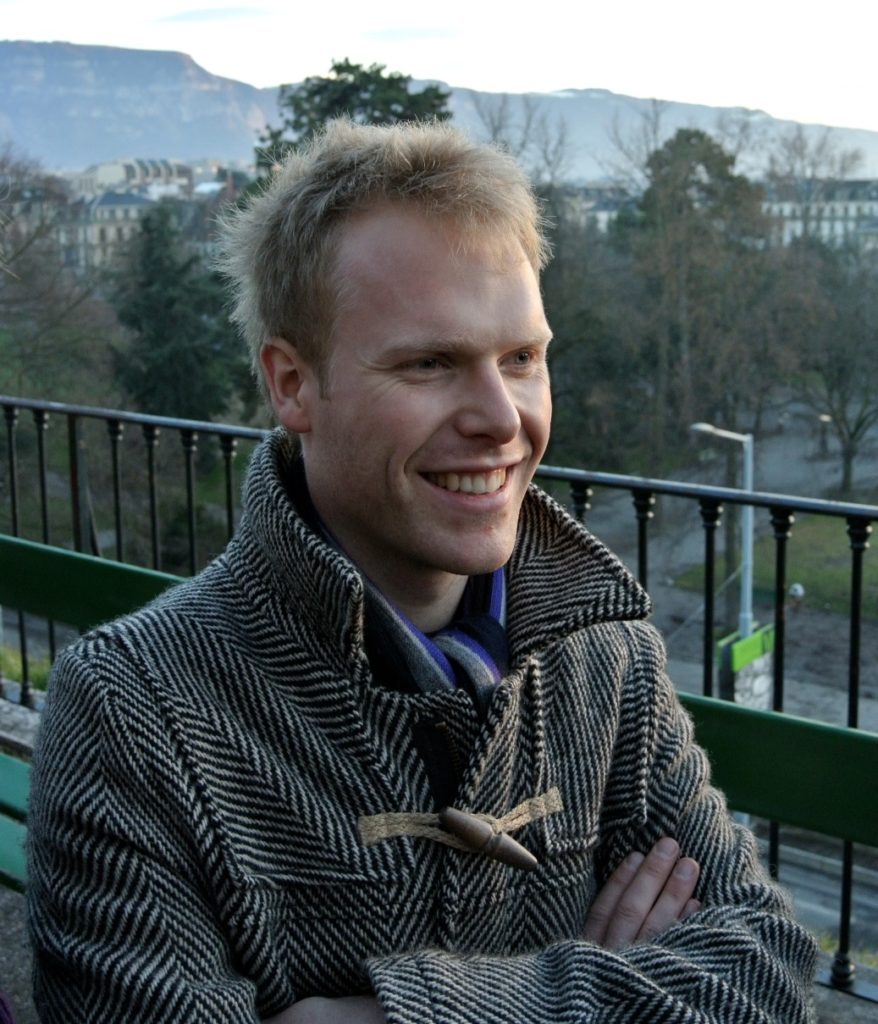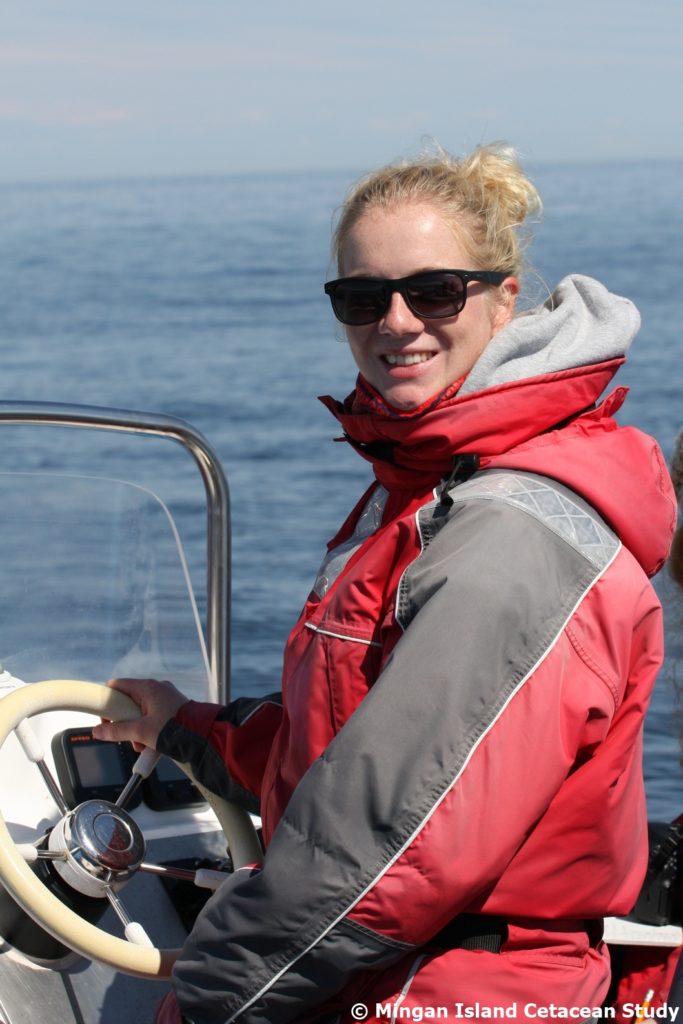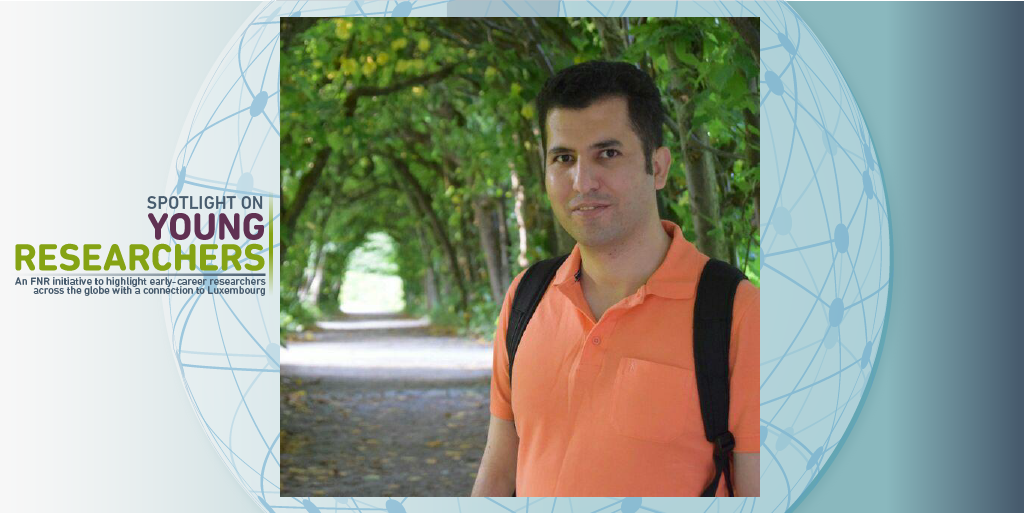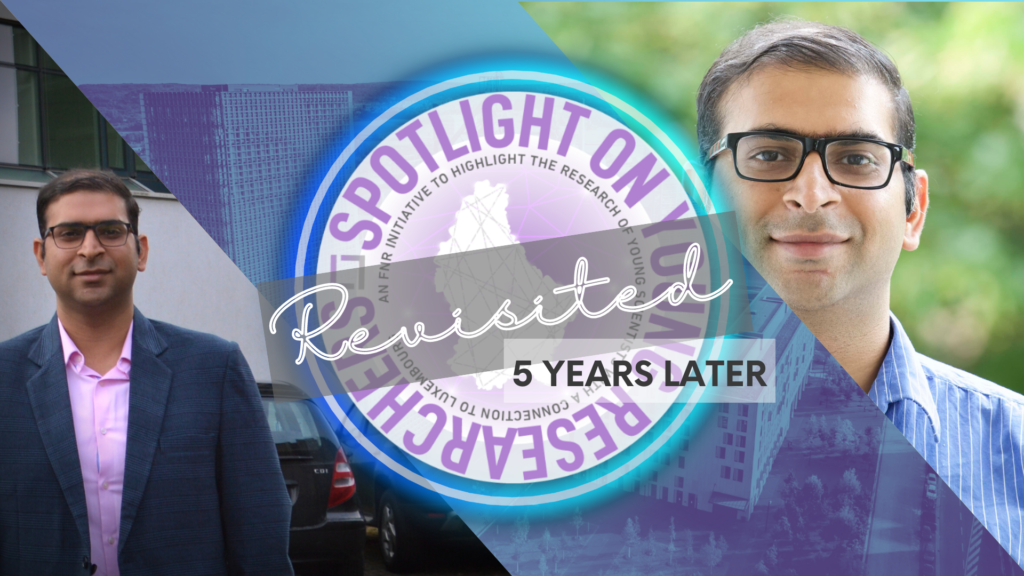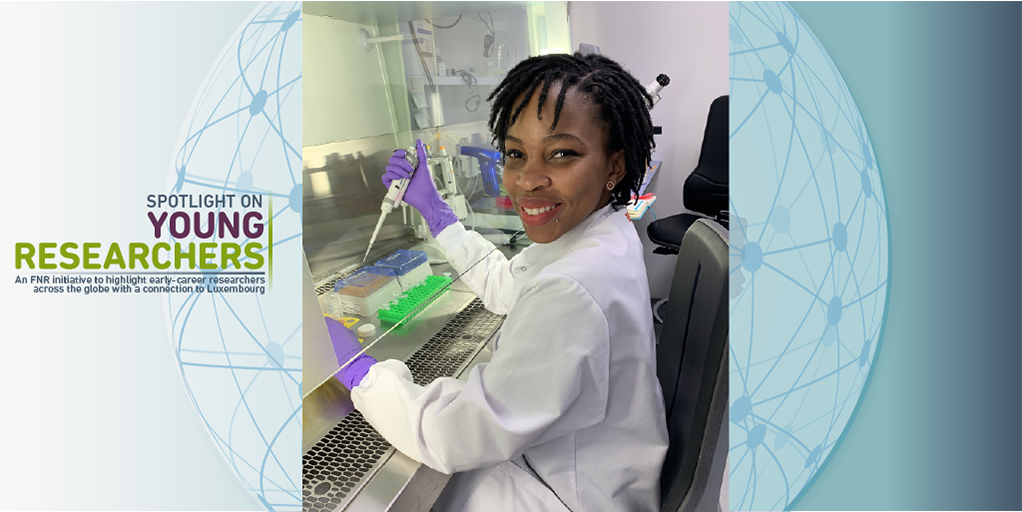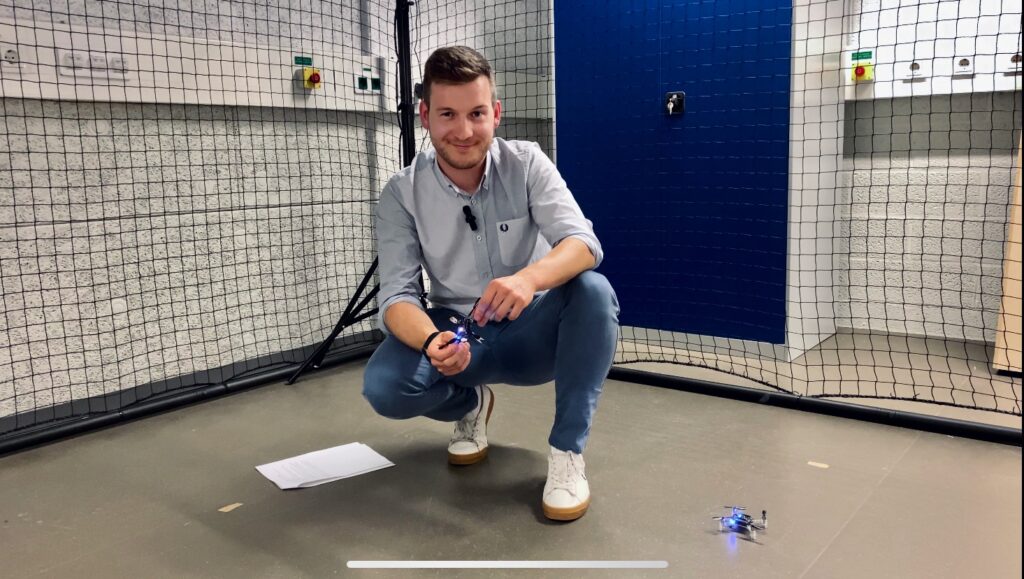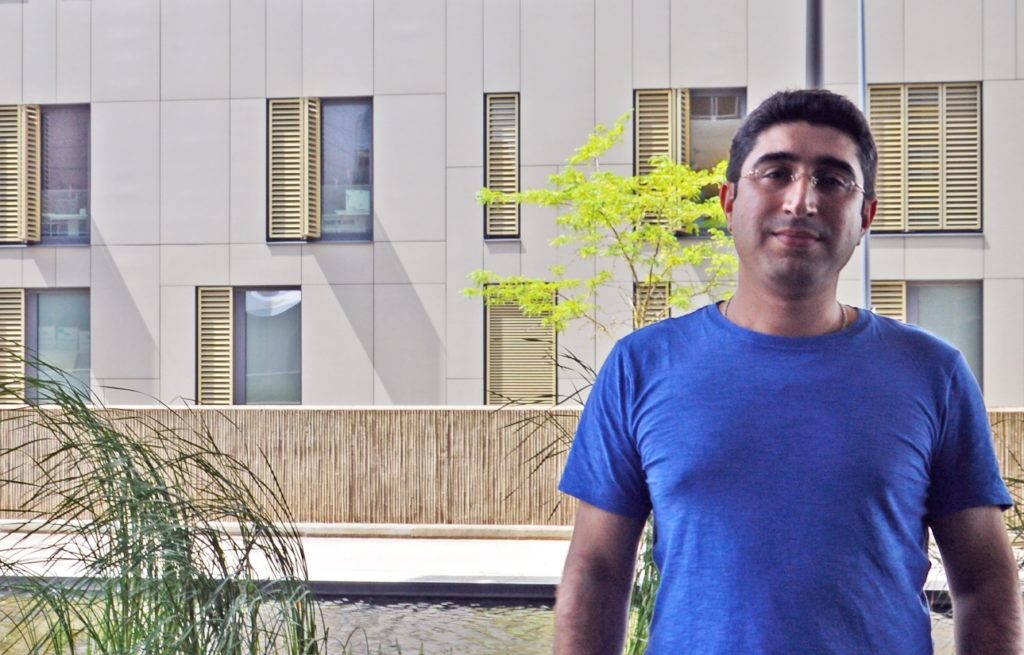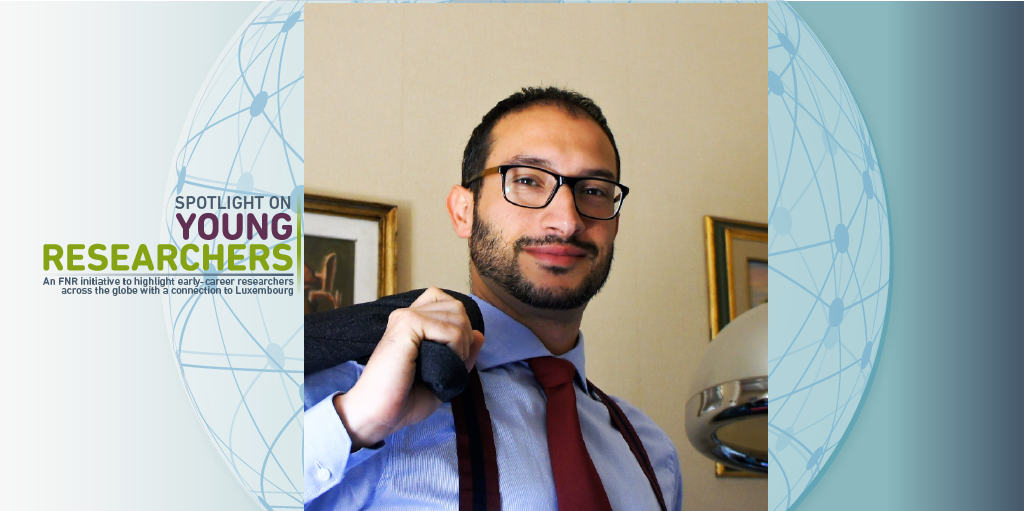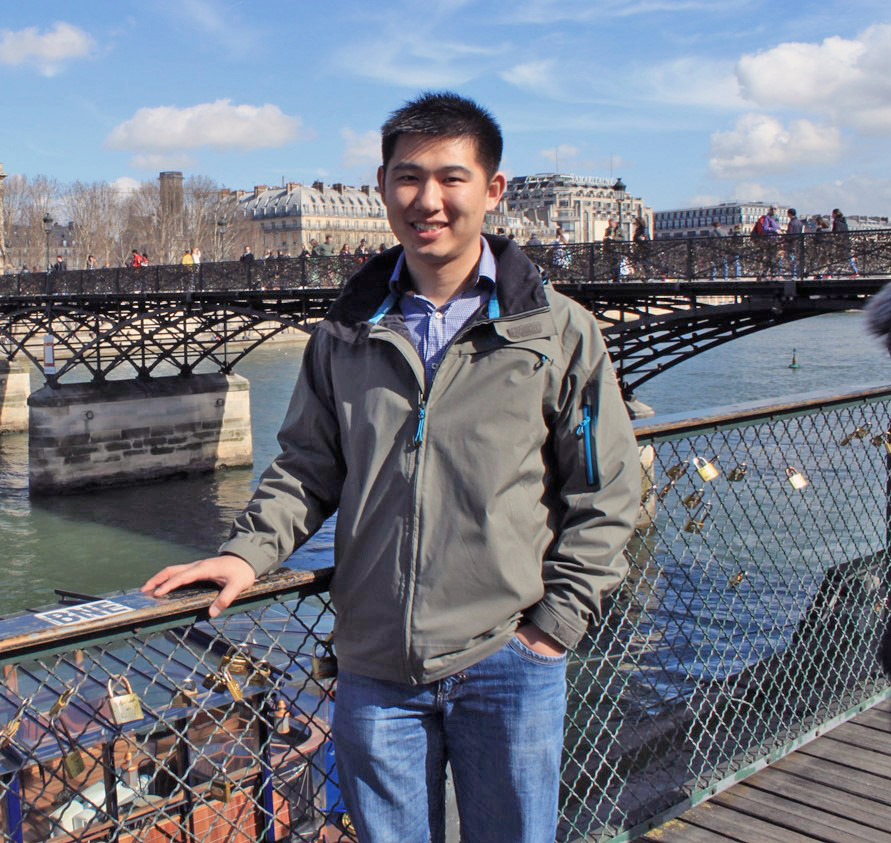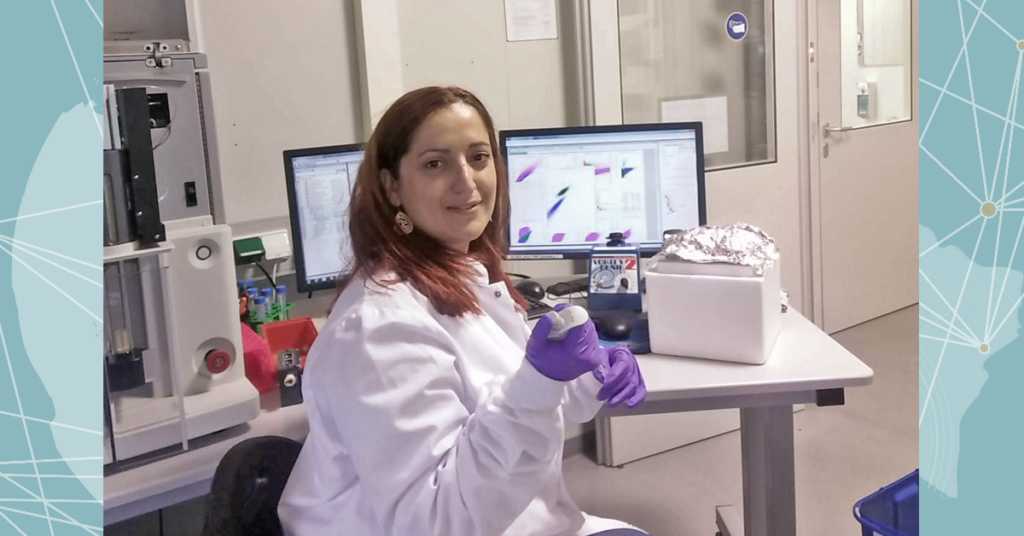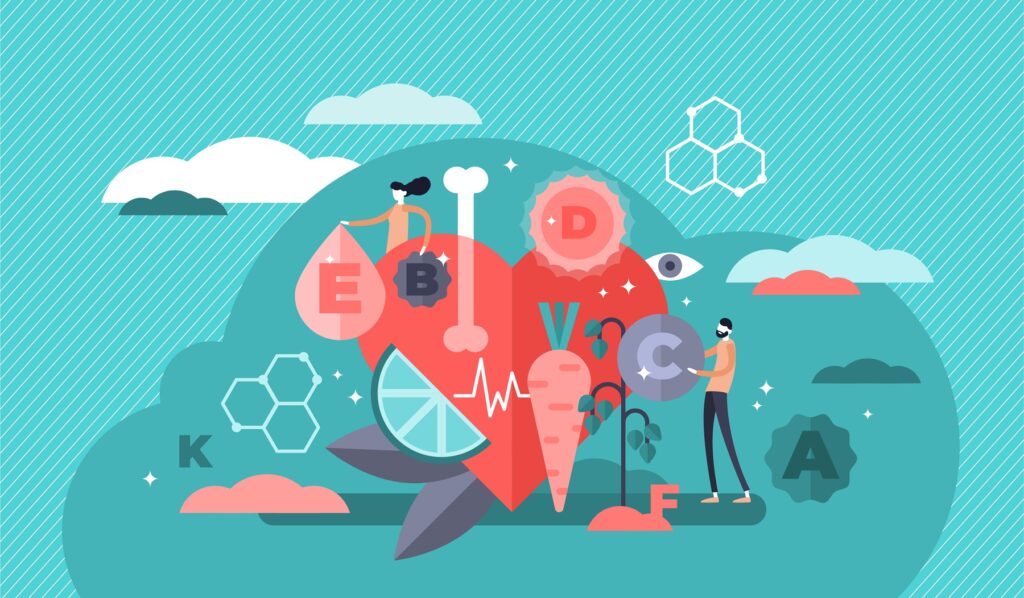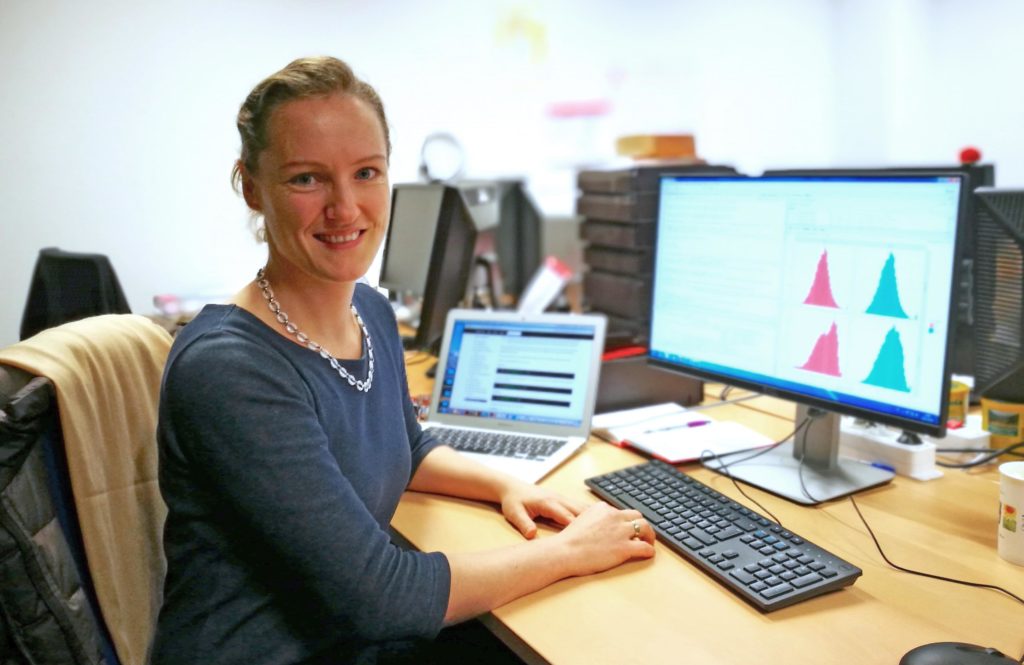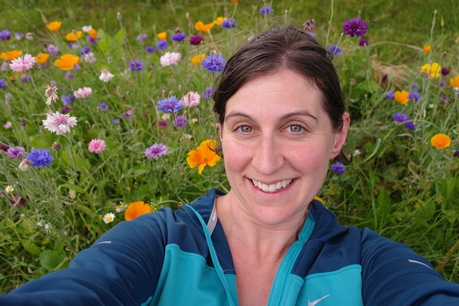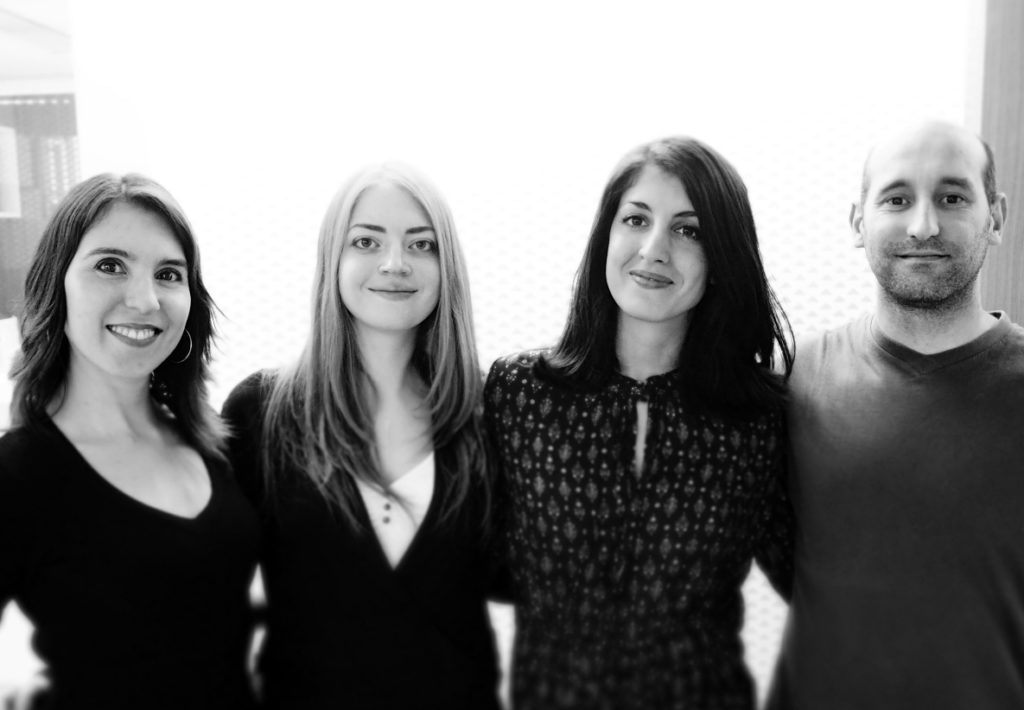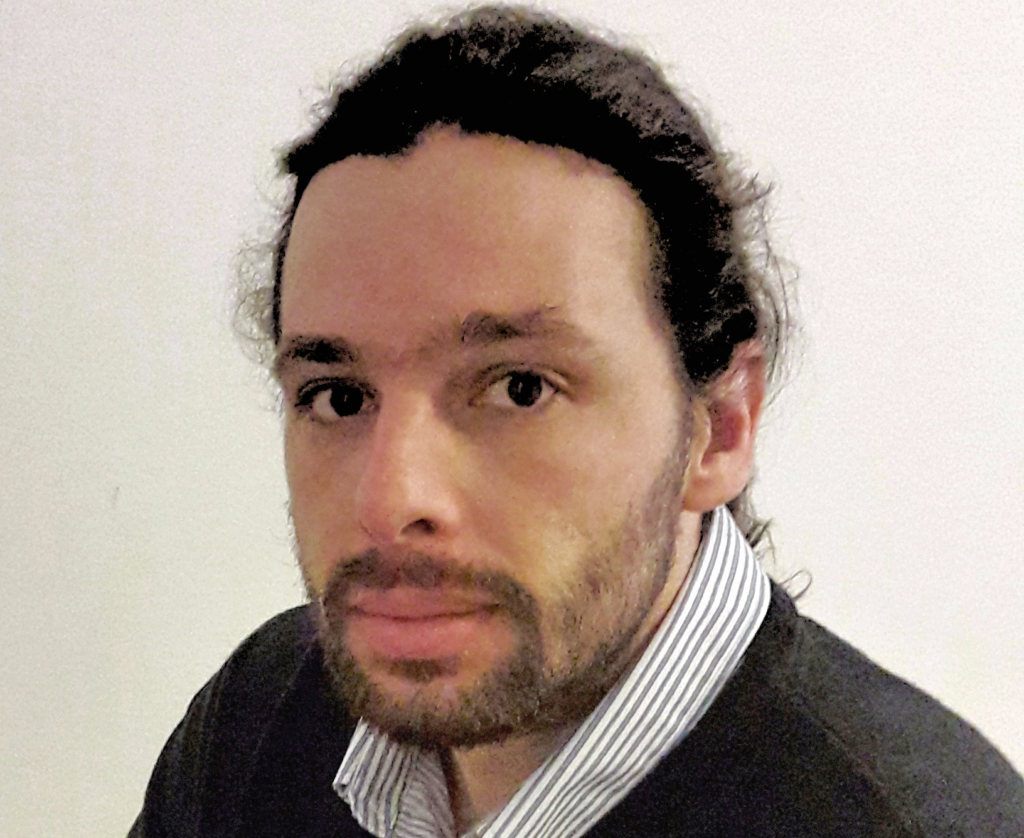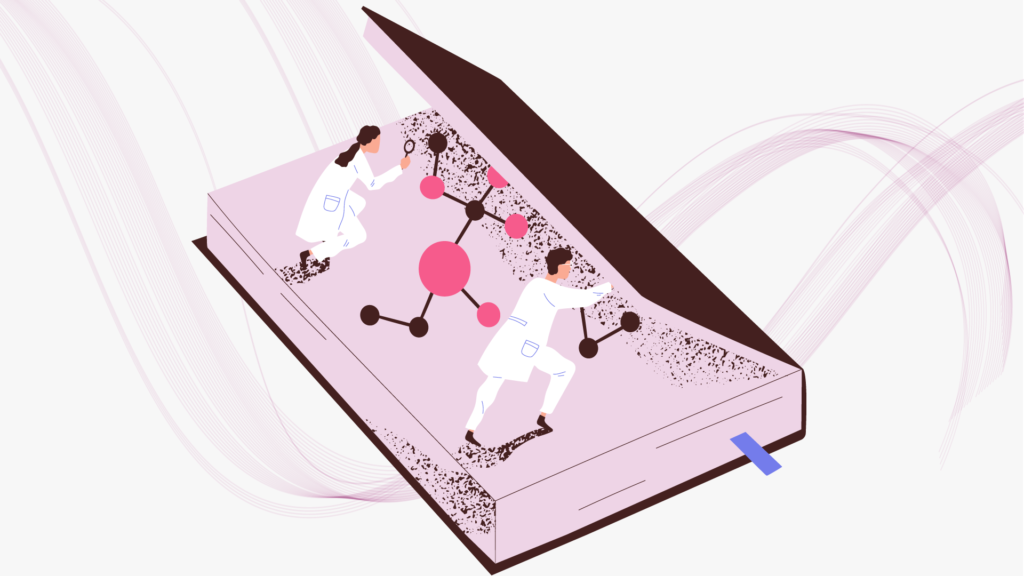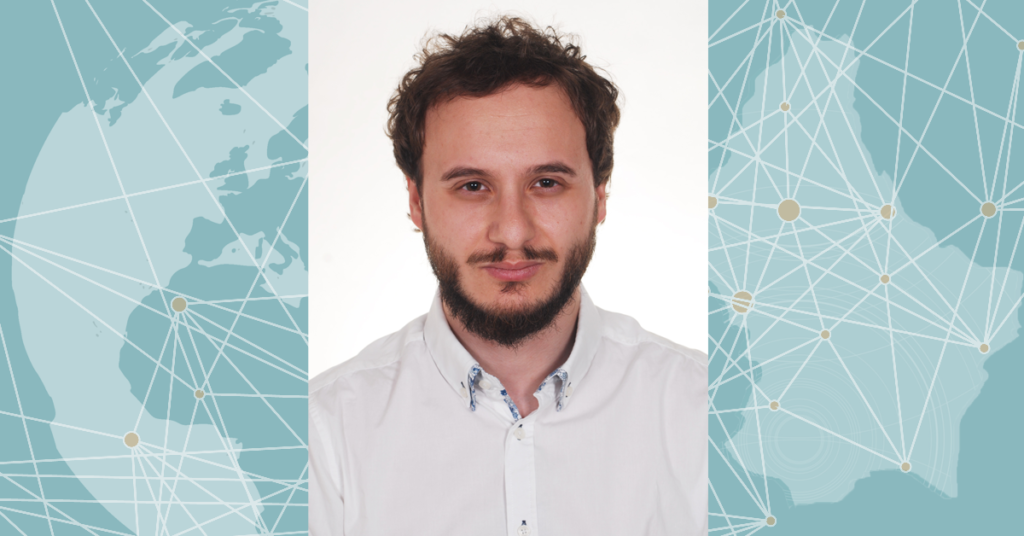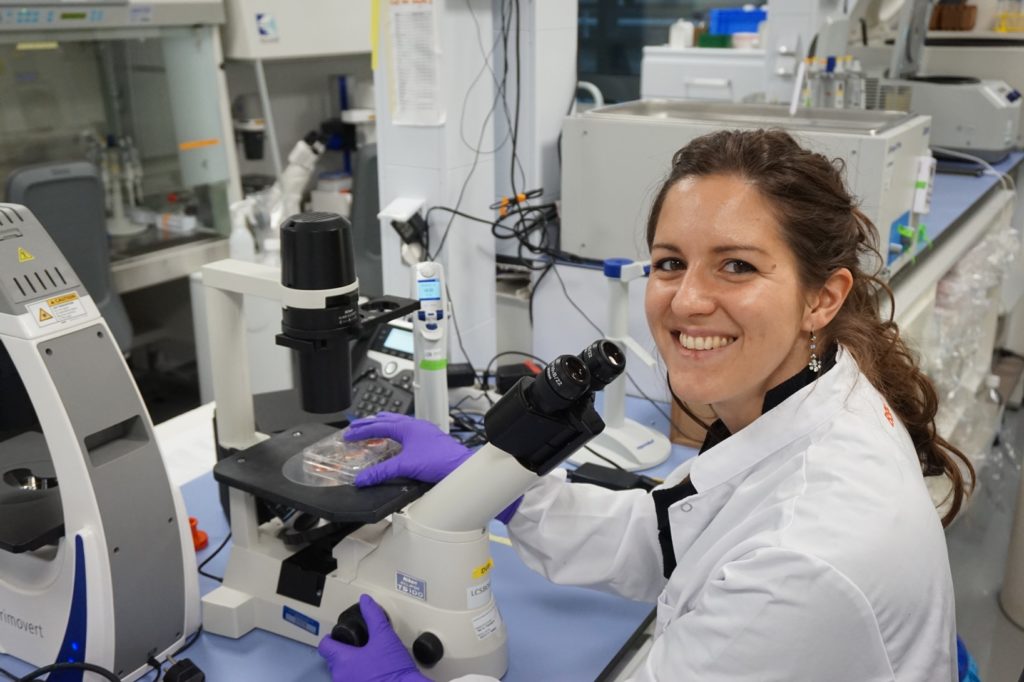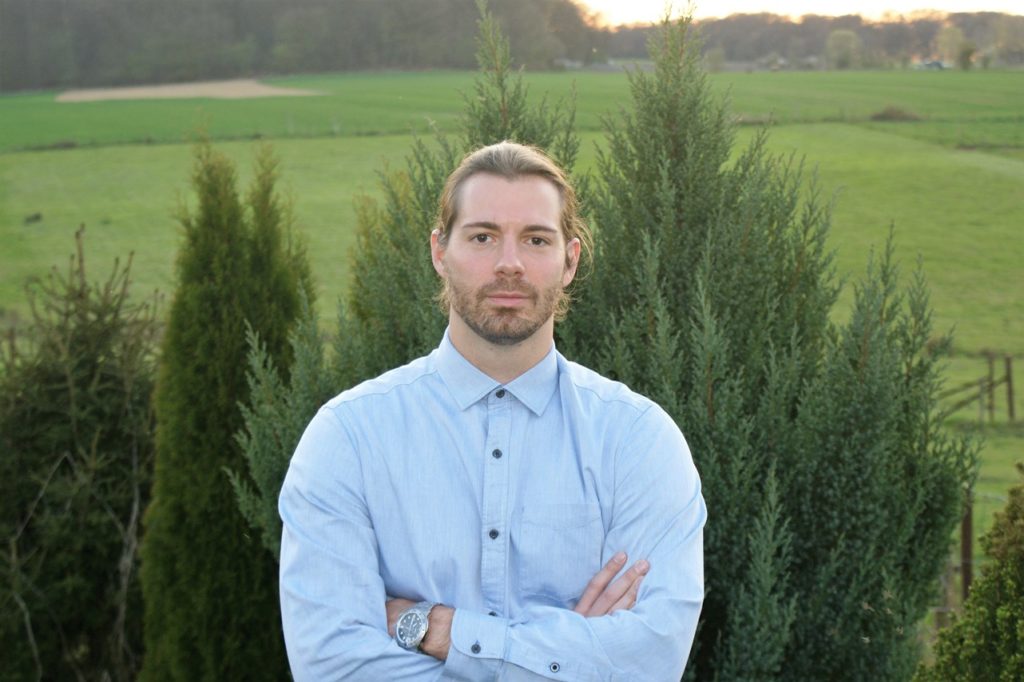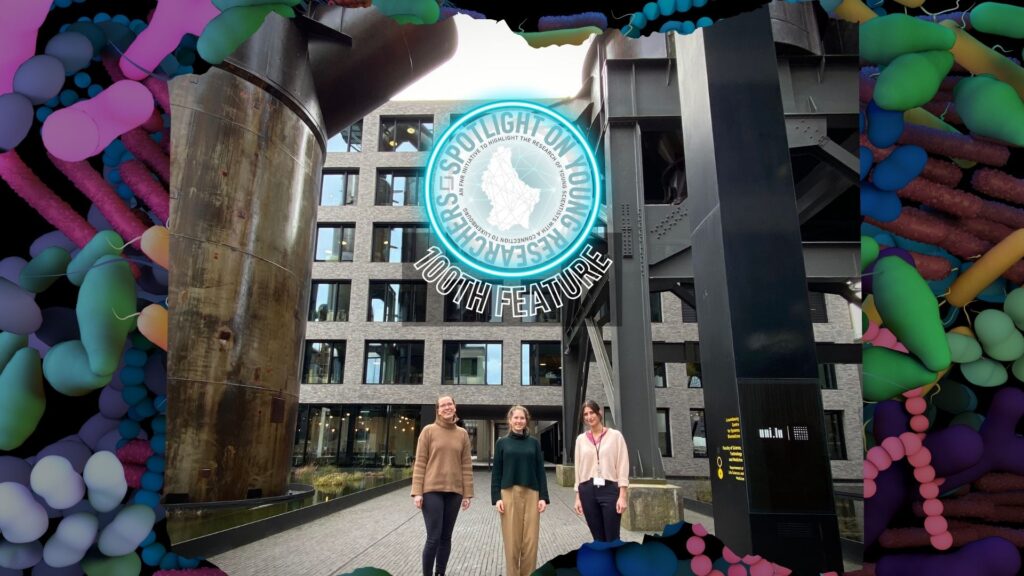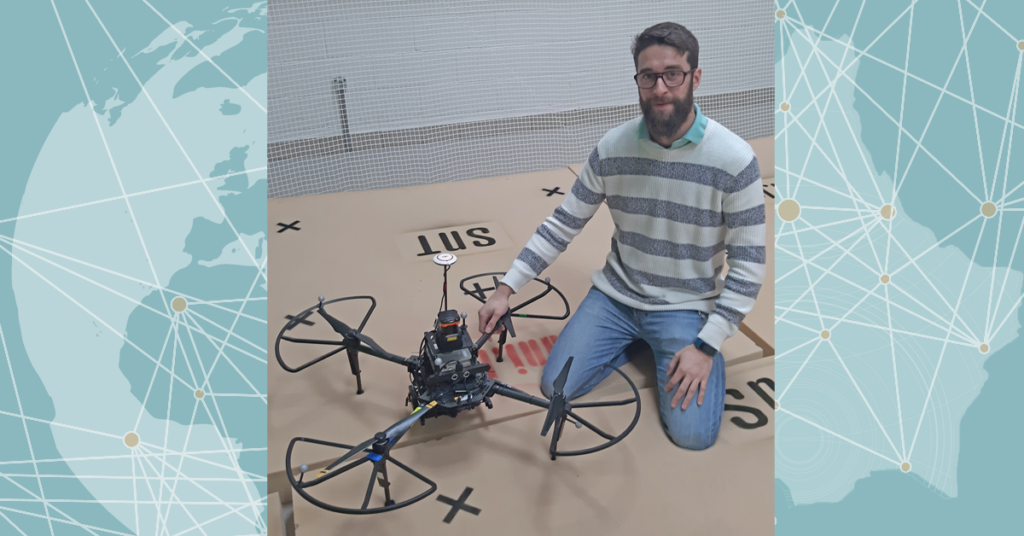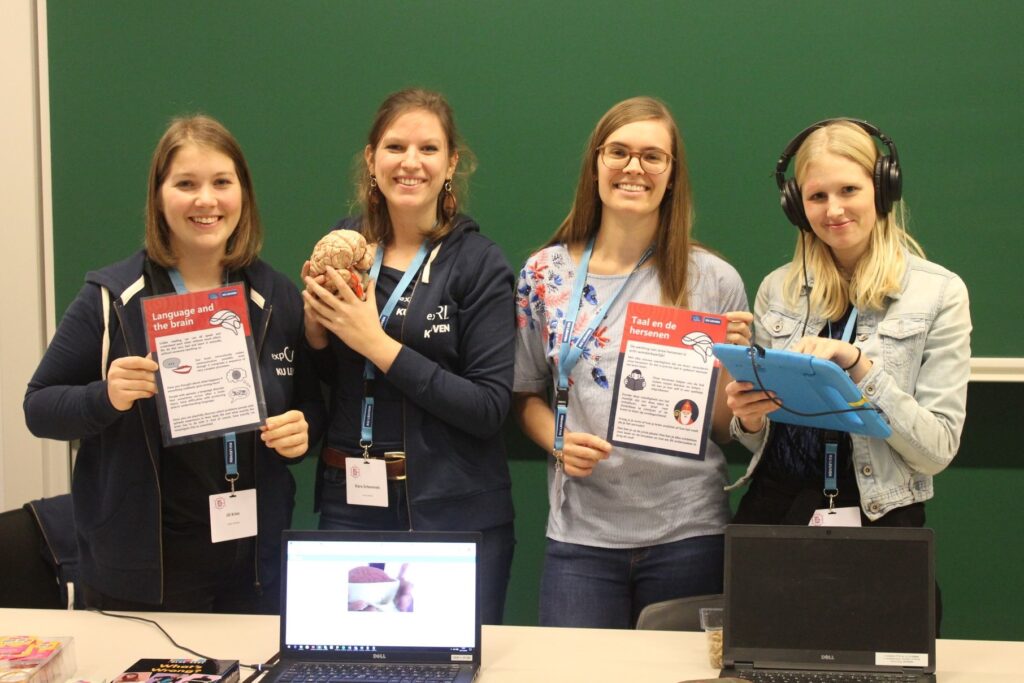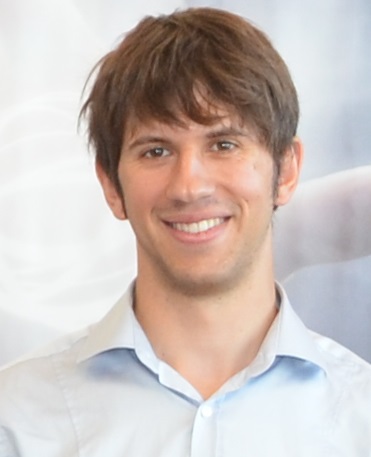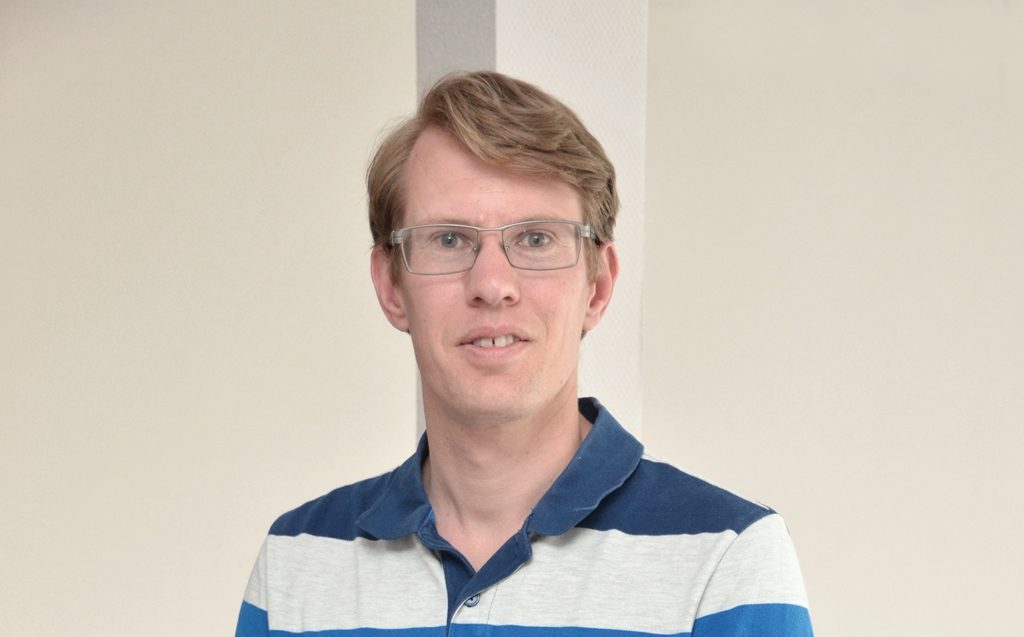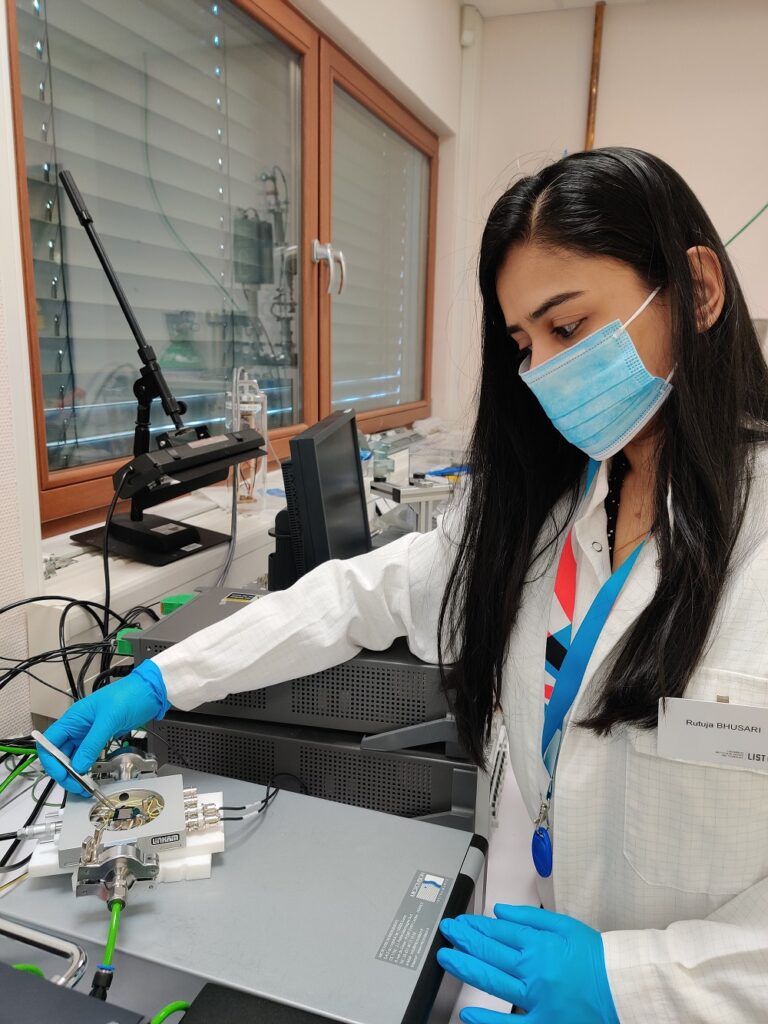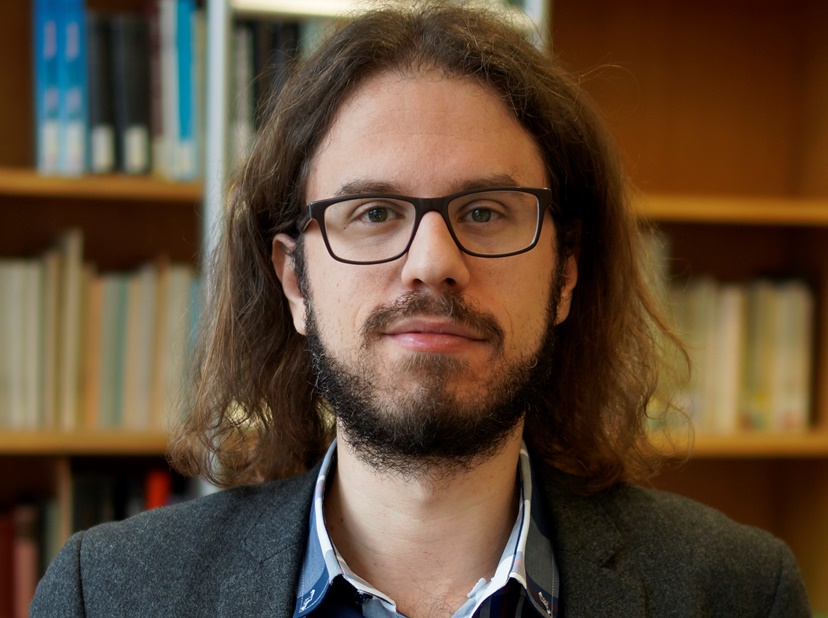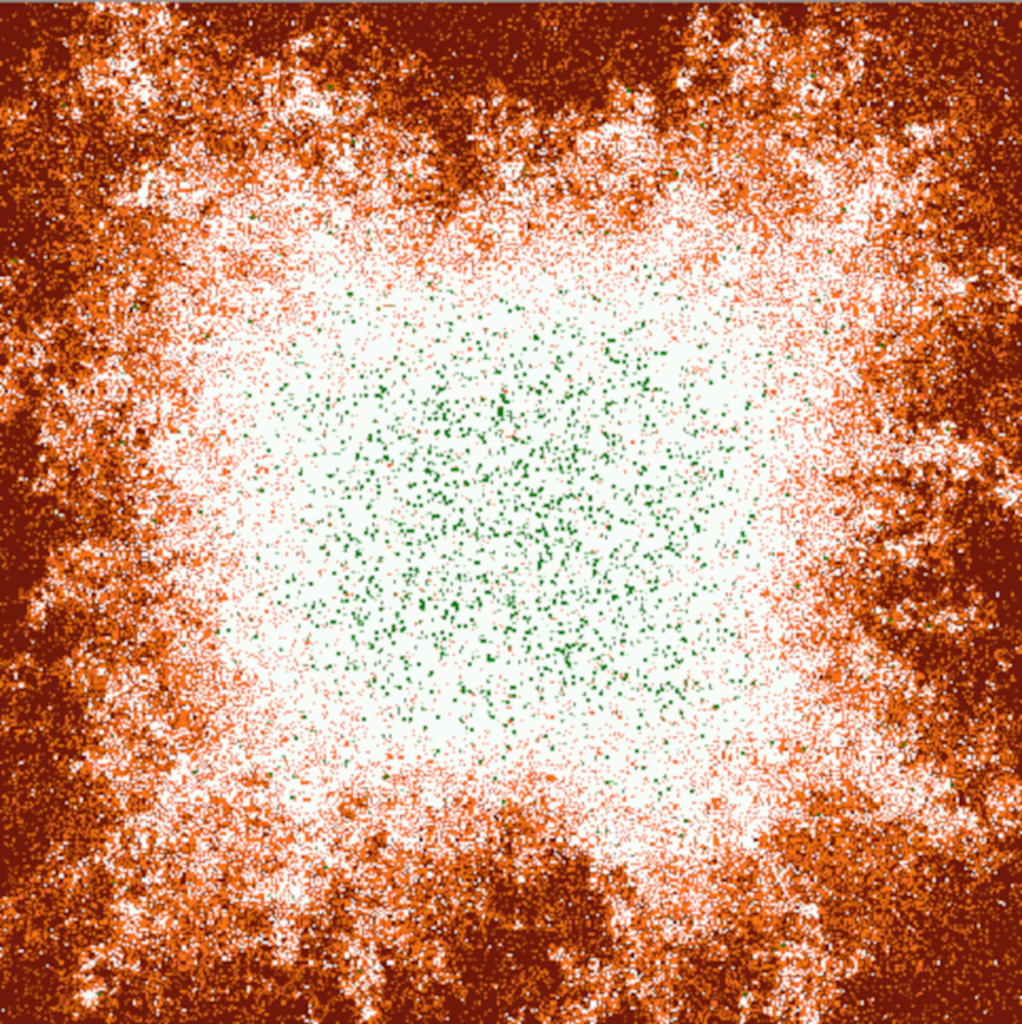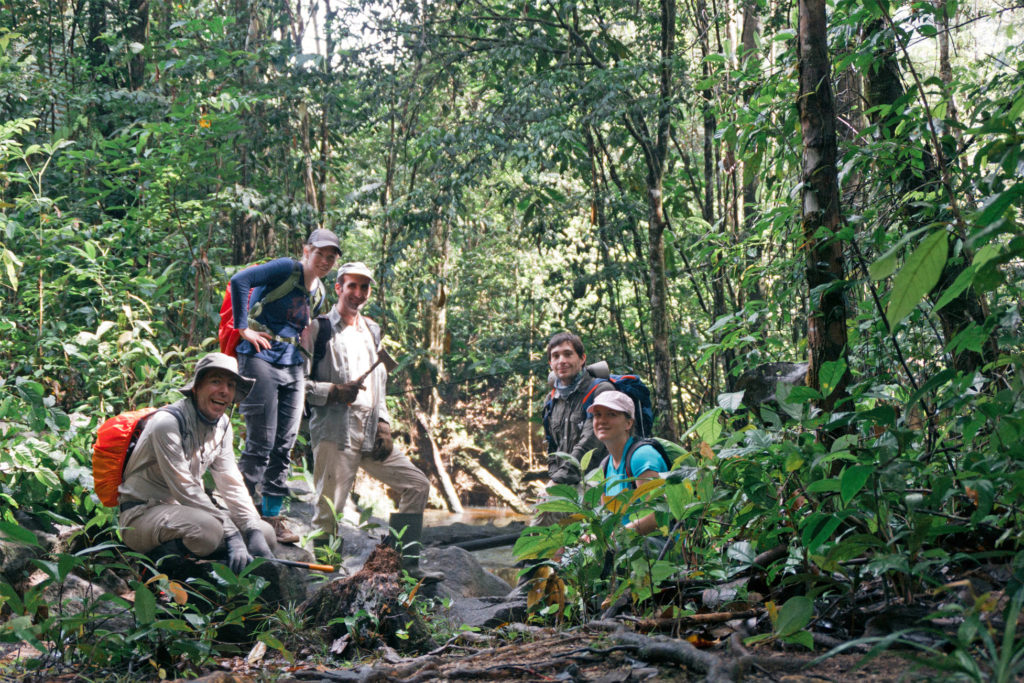
Eating disorders affect up to 5% of people. At the University of Luxembourg, Dr Annika Lutz and Lynn Erpelding study the brain mechanisms that help form body image, and want to understand how eating disorders develop. Using a multidimensional approach, the team’s ultimate goal is to improve treatment for people suffering from eating disorders, such as anorexia nervosa.
Eating chocolate to feel better, or going on a diet to fit into certain clothes are everyday behaviours. For a minority of people, however, this can spiral out of control and become an eating disorder, a mental disorder characterised by extreme eating behaviours.
Three to five percent of the population suffer from eating disorders. While some people engage in binge-eating – eating large quantities of food in a short space of time – others engage in extreme weight-reduction behaviour: strict fasting, excessive exercise, or self-induced vomiting, to the point where they become dangerously underweight, known as anorexia nervosa.
Eating disorders often lead to medical complications, making eating disorders some of the most life-threatening mental disorders. Eating is supposed to keep us alive, so how can this be?
“The way the brain handles information from the body is crucial in the context of eating disorders”
This is where psychology comes in, as extremely complex regulatory mechanisms lie behind the simple fact of eating when you are hungry. Postdoc Annika Lutz and PhD candidate Lynn Erpelding from the University of Luxembourg’s Department of Behavioural and Cognitive Sciences explore these brain mechanisms to shed light on eating disorders.
“The way the brain handles information from the body is crucial in the context of eating disorders. Inputs from all parts of the body are integrated to form a mental representation of the body, the body image. This also includes information on what the body looks like from the outside. In addition, it includes evaluations and interpretations, or, how comfortable someone feels in their body,” the scientists explain.
“A negative and distorted body image is a hallmark of eating disorders. This is why, in our research, we aim to elucidate how the body image is formed in the brain and how these brain processes are altered in people with eating disorders. Based on this knowledge, we want to develop interventions for the treatment of body image disturbance in eating disorders,” the researchers explain.
How body image is formed
The team takes a multidimensional approach: On one hand, they assess different levels of measurement, such as registering physiological activity from e.g. the heart and the brain together with the self-reported experience of the participant.
“This allows us to move beyond a mere description of the symptoms, by exploring possible underlying (brain) mechanisms. On the other hand, we include multiple sensory sources, like the heart, the stomach, or the eyes, to study how their respective information is integrated to form the body image.”
As part of the multidimensional approach, Postdoc Annika Lutz follows information processing from the heart to the brain, and on to how the person describes the experience of their own heartbeat. This requires the assessment of electrical activity of the heart and the brain, plus questionnaires and behavioural tasks.
“With this method, we obtain detailed information on which step in the processing chain is altered in different sensory modalities and in different eating disorders. Interestingly, our research has shown that neurophysiological processing of the heartbeat differs between anorexia nervosa (predominant fasting behaviour) and bulimia nervosa (alternating binge-eating and weight-reduction behaviours), Annika comments.
Visual perception of the body
With a similar approach, Annika also studies the visual perception of photographs of one’s own body in eating disorders. Using electroencephalography (EEG/brainwaves), she investigates different brain processing steps, such as analysis of the physical image characteristics (luminance, contrast), recognition of the body, emotional reactions, and how much attention is paid to the body picture.
Knowing precisely how information processing is altered in single channels eventually helps to understand how the information from different channels is integrated, which is the focus of Lynn Erpelding’s research.
Piloting interventions using 3D scans and virtual reality
Lynn Erpelding’s research focus is to investigate the neurophysiological mechanisms underlying body image distortion – when emaciated individuals with anorexia nervosa overestimate their body size. Lynn explains that to form a body image, all sensory information – information from outside (e.g., visual, tactile) and inside (e.g., cardiac, gastric) comes together and is integrated in the brain.
“Research on anorexia nervosa has shown that a deficit in this multisensory integration is related to body image distortion. However, so far, research has only looked at the integration of the visual, tactile and proprioceptive (i.e., information about the position of the body in space) information, leaving out sensory information from inner organs like the heart or stomach”, Lynn explains.
The biggest challenge the team faces in their research is translating the knowledge on brain processes into effective treatments for eating disorders. The team is piloting interventions targeting multisensory integration with modern technology, such as 3D scans of the participants’ own bodies presented in virtual reality.
“As part of my PhD, I try to elucidate the role of cardiac information for generating a body image and how cardio-visual integration is related to body image distortion. For this purpose, I use modern technology (digital 3D body scans in virtual reality) to stimulate a stronger multisensory integration and test how such innovative interventions could be used in therapy”, Lynn explains.
We now take a closer look at Annika and Lynn’s goals and motivations to work in this field of research.
Dr Annika Lutz (Postdoc) 
Nationality: German
Why did you want to work on this project?
“I was fascinated with how eating behaviour is shaped by a mixture of homeostatic processes and self-regulation (conscious control over behaviour). Our current environment in Europe poses serious challenges to this fragile balance: On the one hand, energy-dense foods are ubiquitous. On the other hand, so are media messages telling us to obtain a slim body shape.
“How come that some people navigate this environment successfully, while others do not? For me, this is an exciting example for studying the interplay between biological, psychological, and social factors, with brain processing at the centre. In addition, the practical relevance of the research is very important to me, as it may potentially help improve treatment outcome for eating disorders.
“From a practical point of view, it was FNR funding, which provided me with the opportunity to become a researcher, together with the vital support from my mentor and supervisor Prof. Claus Vögele, who inspires me with his open-mindedness and never-ending curiosity.”
What impact do you hope your research can have?
“Chances of long-term recovery from anorexia nervosa are currently fifty-fifty. Seventy years of research on this disorder have provided us with lots of information. We have effective treatment options, but there is a lot of room for improvement. I hope that my research can provide additional pieces to the puzzle, to eventually help improve treatment outcome for this serious mental disorder.”
Lynn Erpelding (PhD candidate) 
Nationality: Luxembourg
Why did you choose to become a researcher, and work on this project?
“My motivation to pursue a PhD came to me only relatively late in my curriculum. I always imagined myself working as a psychotherapist in the clinical setting. However, during my practical internships, I consistently realized that treatment options are far from perfect and prognosis for many mental disorders is poor.
“One phenomenon that really struck me was the fact, that people with anorexia nervosa overestimate their body size despite being severely emaciated. This overestimation of the own body size does not respond well to treatment and is related to worse prognosis. Being directly confronted with the personal fate of clients, my motivation to bring to use my research-focused psychology education unfolded.
“Since I wrote both my bachelor and master theses under the supervision of Dr Annika Lutz in the field of eating disorders, it seemed only natural to further pursue this personal interest with her help and guidance. Together, we developed my PhD project targeting body image distortion in anorexia nervosa and are now working as colleagues in the same research group.”
What impact do you hope your research can have?
“Although body image distortion is one of the most striking symptoms of anorexia nervosa, it does not respond well to treatment and prevents long-term remission. To date, the reasons behind body image distortion are not yet fully understood, which impedes the development of suitable therapeutic interventions.
“I hope that my project helps to better understand the underlying neurophysiological mechanisms of body image distortion, while at the same time offering a direct link to a potential treatment approach by using the modern technology (digital 3D body scans in virtual reality) I am testing in my project.”
The effects of social distancing on mental health
The Self-Regulation and Health research group at the University of Luxembourg, which Annika and Lynn are part of, recently launched a survey to study the effects of social distancing on mental health. In this survey, the group is also looking at variables related to Lynn and Annika’s research, e.g. possible changes in interoception (the tendency to focus on the body and physical symptoms) and eating behavior (e.g. eating to regulate negative emotions and stress) in these particularly stressful times. The group is looking for survey participants – find out more / take part.
About Spotlight on Young Researchers
Spotlight on Young Researchers is an FNR initiative to highlight early career researchers across the world who have a connection to Luxembourg. The campaign is now in its 5th year, with 60+ researchers already featured. Discover more young researcher stories below.
More in the series SPOTLIGHT ON YOUNG RESEARCHERS
- All
- Cancer research
- Environmental & Earth Sciences
- Humanities & Social Sciences
- Information & Communication Technologies
- Law, Economics & Finance
- Life Sciences, Biology & Medicine
- Materials, Physics & Engineering
- Mathematics
- Research meets industry
- Spotlight on Young Researchers
- Sustainable resource mgmt
- Women in science


